 Abraham Lincoln
If given the truth, the people can be depended upon to meet any national crisis...
Abraham Lincoln
If given the truth, the people can be depended upon to meet any national crisis...
 Guildford news...
for Guildford people, brought to you by Guildford reporters - Guildford's own news service
Guildford news...
for Guildford people, brought to you by Guildford reporters - Guildford's own news service
Birdwatcher’s Diary No. 212
Published on: 26 Jul, 2020
Updated on: 27 Jul, 2020
By Malcolm Fincham
Some pleasurable summer sun and mostly dry conditions continued during the first weeks of July, in southern regions of the UK.
My obsession with the great outdoors left me with no time to rest on my laurels. Unfortunately, and to my shame, I was neglecting my duties of keeping up with my diary reports.
Starting my July investigations, I needed not to advance any further than my back garden.
Although suburban in its location, there were still some interesting sights to be seen. The buddleia was now starting to flower, attracting a wide range of critters to its blossom.
This being the peak time of the year for butterflies in Surrey, the variety of flora was attracting an assortment of the more common species of butterflies.
These included red admirals.
As well as comma butterflies.
A good showing of holly blue butterflies had re-emerged, now on their second brood of the year. Noticing their pale blue wings in flight also while on my travels. Even getting the chance to photograph a few that had settled.
Even by the end of the first week of July my first gatekeeper butterfly of the year had made an appearance, settling, wings open, on some bedding plants in one of our hanging baskets.
A few white butterflies had also arrived. Often generally referred to as cabbage whites, though these include two species – the large and the small white.
Bird sightings in my garden had increased since previous years, even having a robin attempting to ride on my pushbike!
A small “charm” of goldfinches could be heard chattering, most days, throughout the neighbourhood, often perching in my cherry tree.
A blue tit regularly enjoying a splash in the birdbath.
While also catching a picture of a visiting wren in flight
Locally, house sparrows have increased in numbers in recent years, still visiting my garden feeders.
As in previous years, swifts continued to be seen and heard from time to time, screaming low over the gardens, far too rapidly to catch a photo. Having to allow them to fly much higher to catch a photo.
While one seemingly annual visitor to my conservatory an old lady moth had made an appearance.
The name “old lady” refers to the fact that the wing pattern was said to resemble the shawls worn by elderly Victorian ladies.
It was during the first week of July, that reports of a white stork had appeared on on the water meadows at Salford Park, situated close to Guildford town centre. As reported on The Guildford Dragon NEWS.
It had been recognised by the metal ring on its leg to have escaped from Bird World in Farnham. Having heard the news and adding a few comments to the report. I felt obligated to visit and take a few pictures of my own.
In the company of good friends Bob and Dougal, there was some surprise and concern of its tameness. To our surprise, at one stage it came within feet of us, unperturbed by our presence.
Although a bit too tame for the interests of the more refined section of the birdwatching fraternity, for me, it was a wishful taste of things to come. Even taking a few short video clips to show its tameness.
Sadly, I heard just a few days later its tameness was to its detriment, as it had been found dead.
A popular area for dog walkers, many of which are seen off their leads, it was suggested that it could have been the cause of its demise.
Though not so willing to “point the finger” personally, having seen how overly tame it was, it could just as easily have been a fox.
Far less tame in their nature are the white storks that have been reintroduced at Knepp Estate, West Sussex. The ongoing project to reintroduce white storks to the UK after a 600-year absence seems to be bearing fruit.
For the first time since the last pair successfully breed in the wild in the UK, (on St Giles’ Cathedral in Edinburgh in 1416), three young were being raised by their parents in their nest high up in an oak tree and were now ready to fledge.
The first to hatch could be seen flapping its wings, readying itself for a maiden flight.
Our visit on July 6 saw temperatures remaining cooler than they were on our visit last year. As well as with a mostly overcast and unsettled theme to the weather.
Unlike last year, it was a real struggle to see just one purple emperor butterfly, even then it was with help from “Dom” a regular visitor, whose keen eyes picked one out in one of the many oaks there.
Purple hairstreaks were a little easier to find, having seen numerous in the oaks in the parking area when we first arrived.
A delightful sight was a small group of Exmoor ponies that grazed the landscape.
Having walked over nine miles that day, according to Bob’s app on his phone, I decided on a more relaxing time the following day.
While resting on on one of the many benches set out conveniently around Britten’s Pond, a painted lady butterfly, my first this year, made an appearance. It even settle long enough for a photo.
A cormorant circled the lake several times, eventually gaining confidence to land on the water. Far better adapted to catching fish than any of the anglers there that evening. Having made several dives, it successfully emerged from below the water with a fish.
The kingfishers often seen there were regrettably remaining elusive only catching a few record shots as they flashed by, across the water, on the far side of the pond.
Less obliging was a silver-washed fritillary, that teased me for a while, settling briefly among the brambles by the path, before disappearing from sight.
A young robin made an appearance, inquisitively coming close to where I was sitting. Having seemingly already learned to appreciate human company.
A rather tame dunnock was also present, no doubt used to the calm company of the anglers that fished the waters.
Another seemingly good year for purple hairstreaks allowed me to to see one settle on the damp margins by the pond.
Other sites included Broadstreet Common near Fairlands where ringlet butterflies were now out on the wing.
Dancing around the “Surrey” meadows with them, marbled whites could still be seen.
Small skipper butterflies had also begun to emerge.
And Essex skippers, recognised from small skippers by their black spots on the tip of their antenna.
New out on the wing during the first weeks of July both at Denbies Hillside near Dorking, and Pewley Down, Guildford, were chalkhill blue butterflies.
A pleasing sound at Denbies Hillside was that of a yellowhammer perched up in a hawthorn singing its infamous song.
I also had the opportunity of photographing my first adder of the year while there.
Curious at the sighting of a “critter” I hadn’t seen before, I took a few photos. Later having it confirmed as a brassy longhorn moth on some field scabious.
On July 10, in the company of fellow Guildford Dragon NEWS writers / editors, I visited Thursley Common. Meeting up at the Moat car park, we ventured out across the heathland.
Although David Rose was familiar with the area, for Hugh Coakley and Martin Giles it was unacquainted territory, having only read of the area in my previous reports.
Even so, it was a surprise to all of them to see the extent of the damage caused by the recent fire. Red kites continued to survey baron areas of the landscape blackened by the blaze.
While common buzzards circled in the thermals in the clear blue sky overhead.
Surprisingly, the shoots of regeneration were already pushing through in the form of bracken and grasses.
In the wetland area orchids were in flower.
And a yellow marsh plant we think we identified by the use of a plant-finder app as bog asphodel.
With plenty of Common St John wort in the Parish Field, where most of the bird activity could be seen.
Although “Colin” the infamous cuckoo, was well on his migration back to Africa, common redstarts could still be seen, now with their fledglings.
Families of woodlark could be seen there, instantly recognisable by their squat bodies and short tails, when in flight.
I also filmed a woodlark with its joyful song on July 13 on Whitmoor Common.
Several families of mistle thrushes were also present.
As well as a small flock of linnets.
Although unable to get a photo, I also added my first sighting of the newly emerging grayling butterfly.
Easier to focus on were the small copper butterflies.
Although I visited numerous other sites in the first weeks of July, I must now return again to the great-outdoors, and I am hoping to add some of the best of the photos in my next report.

"Found any?" - "Nope, it all looks green to me!" (See Opinion: The Future is Congested, the Future is Grey)
www.abbotshospital.org/news/">





Recent Articles
- Latest Evidence in Sara Sharif Trial
- Ash’s New Road Bridge Is Named – and November 23rd Is Opening Day
- Class A in Underwear Leads to Jail Sentence
- Historical Almshouse Charity Celebrates Guildford in Bloom Victory
- Notice: Shalford Renewable Showcase – November 16
- Firework Fiesta: Guildford Lions Club Announces Extra Attractions
- Come and Meet the Flower Fairies at Watts Gallery
- Updated: Royal Mail Public Counter in Woodbridge Meadows to Close, Says Staff Member
- Letter: New Developments Should Benefit Local People
- Open Letter to Jeremy Hunt, MP: Ash’s Healthcare Concerns


Search in Site
Media Gallery
Dragon Interview: Local Artist Leaves Her Mark At One of England’s Most Historic Buildings
January 21, 2023 / No Comment / Read MoreDragon Interview: Lib Dem Planning Chair: ‘Current Policy Doesn’t Work for Local People’
January 19, 2023 / No Comment / Read MoreA3 Tunnel in Guildford ‘Necessary’ for New Homes, Says Guildford’s MP
January 10, 2023 / No Comment / Read More‘Madness’ for London Road Scheme to Go Ahead Against ‘Huge Opposition’, Says SCC Leader
January 6, 2023 / No Comment / Read MoreCouncillor’s Son Starts Campaign for More Consultation on North Street Plan
December 30, 2022 / No Comment / Read MoreCounty Council Climbs Down Over London Road Works – Further ‘Engagement’ Period Announced
December 14, 2022 / No Comment / Read MoreDragon Interview: GBC Reaction to the Government’s Expected Decision to Relax Housing Targets
December 7, 2022 / No Comment / Read MoreHow Can Our Town Centre Businesses Recover? Watch the Shop Front Debate
May 18, 2020 / No Comment / Read More



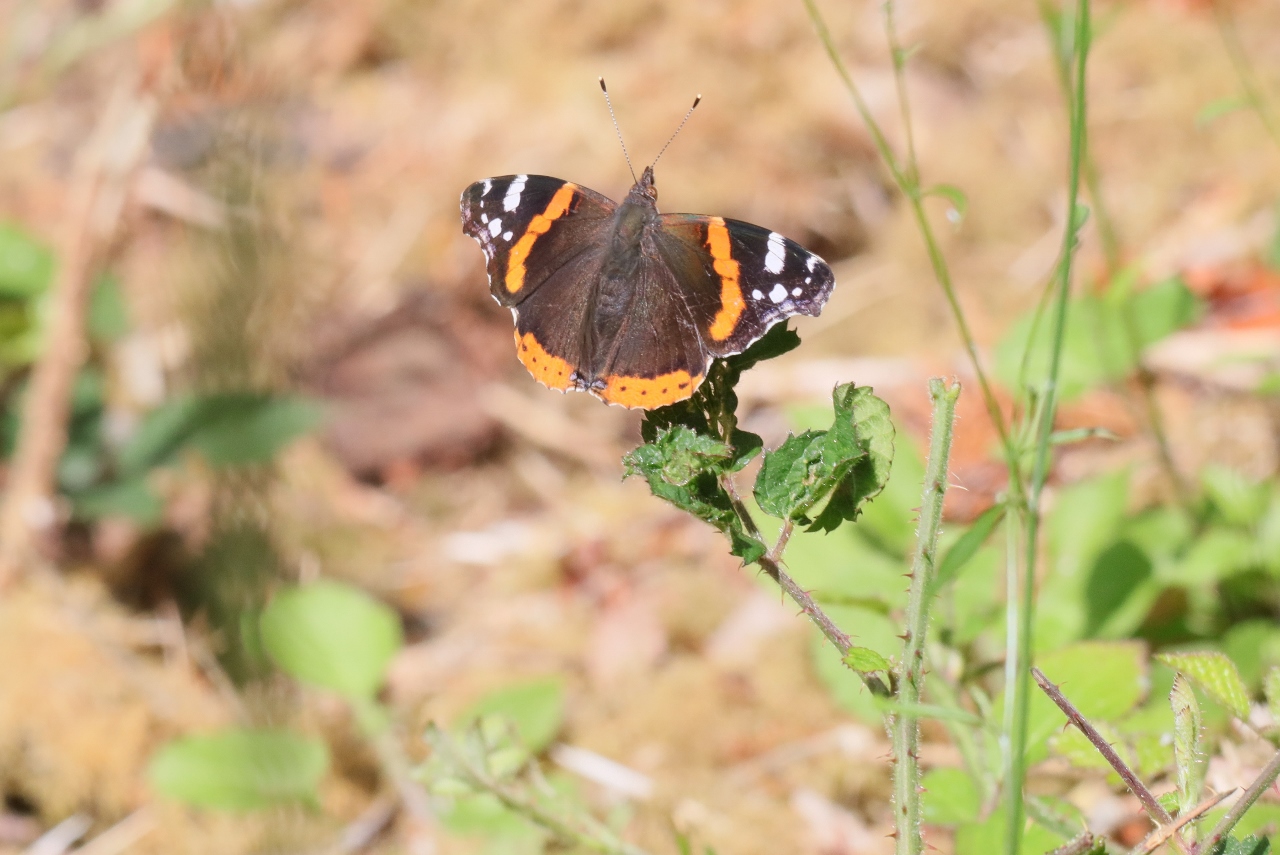
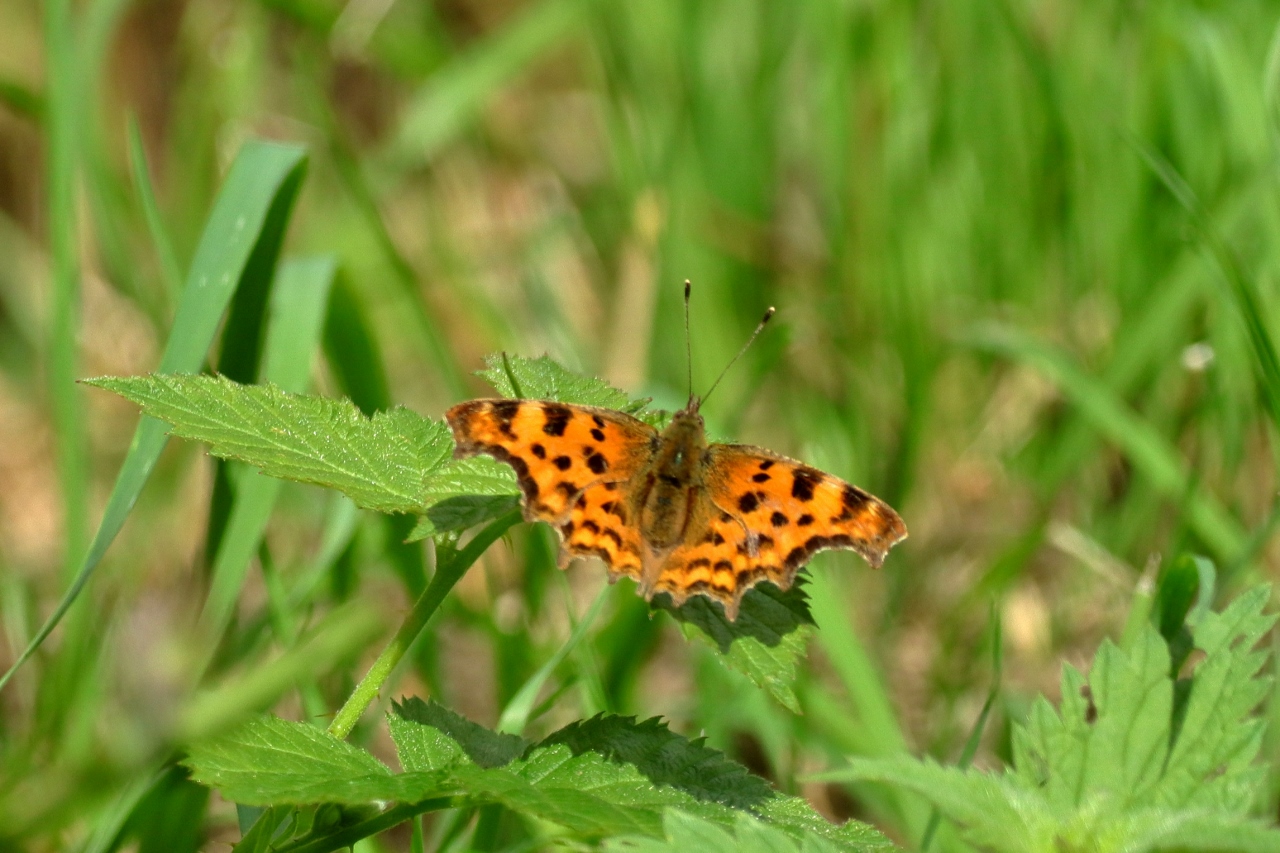
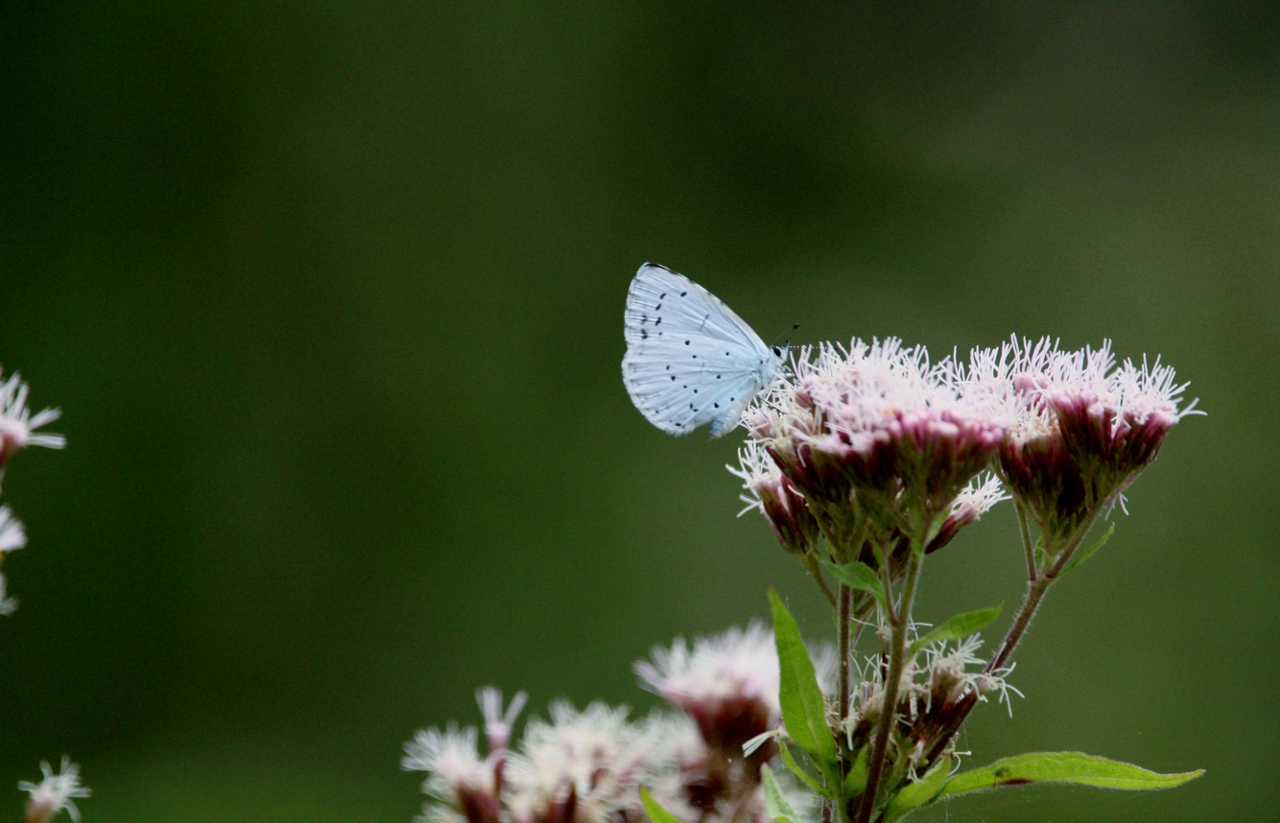
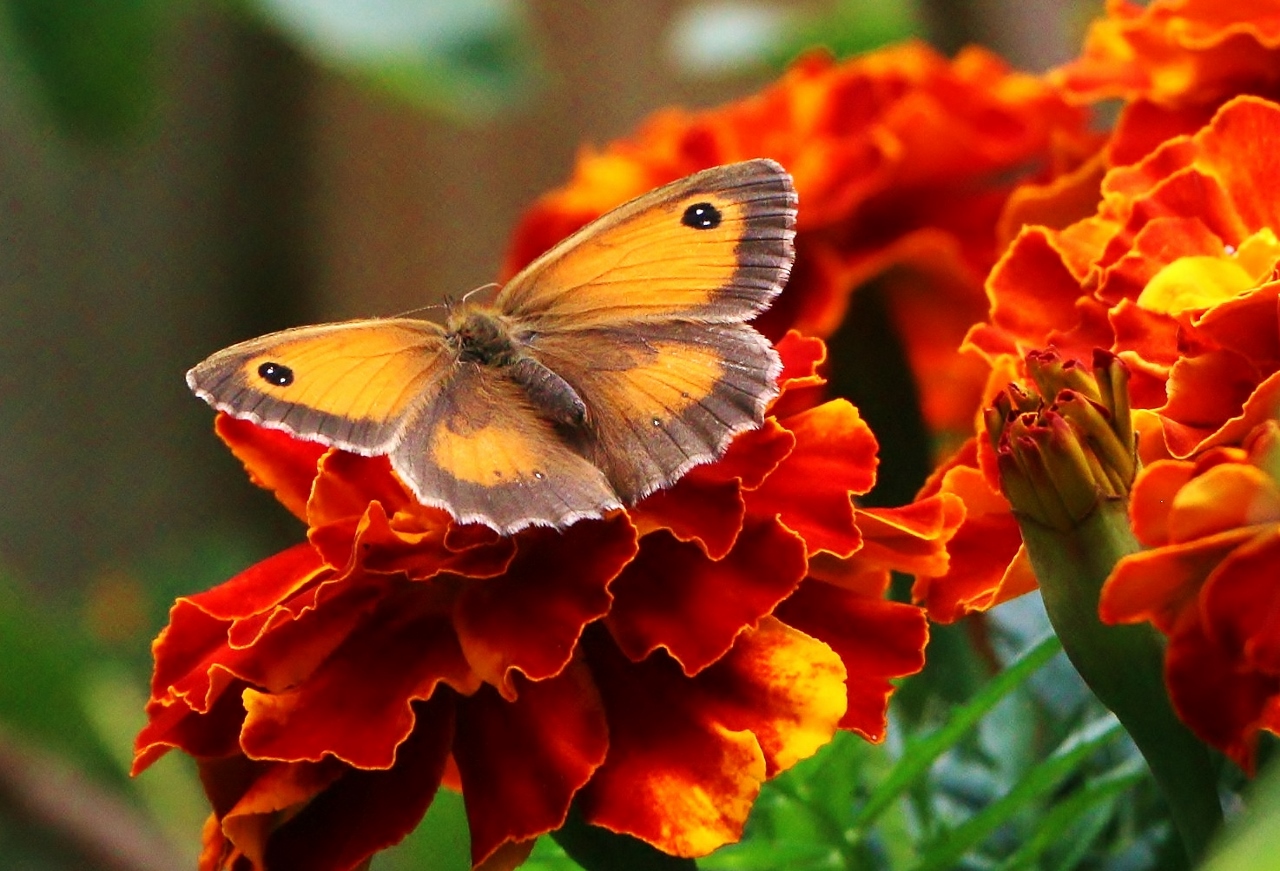
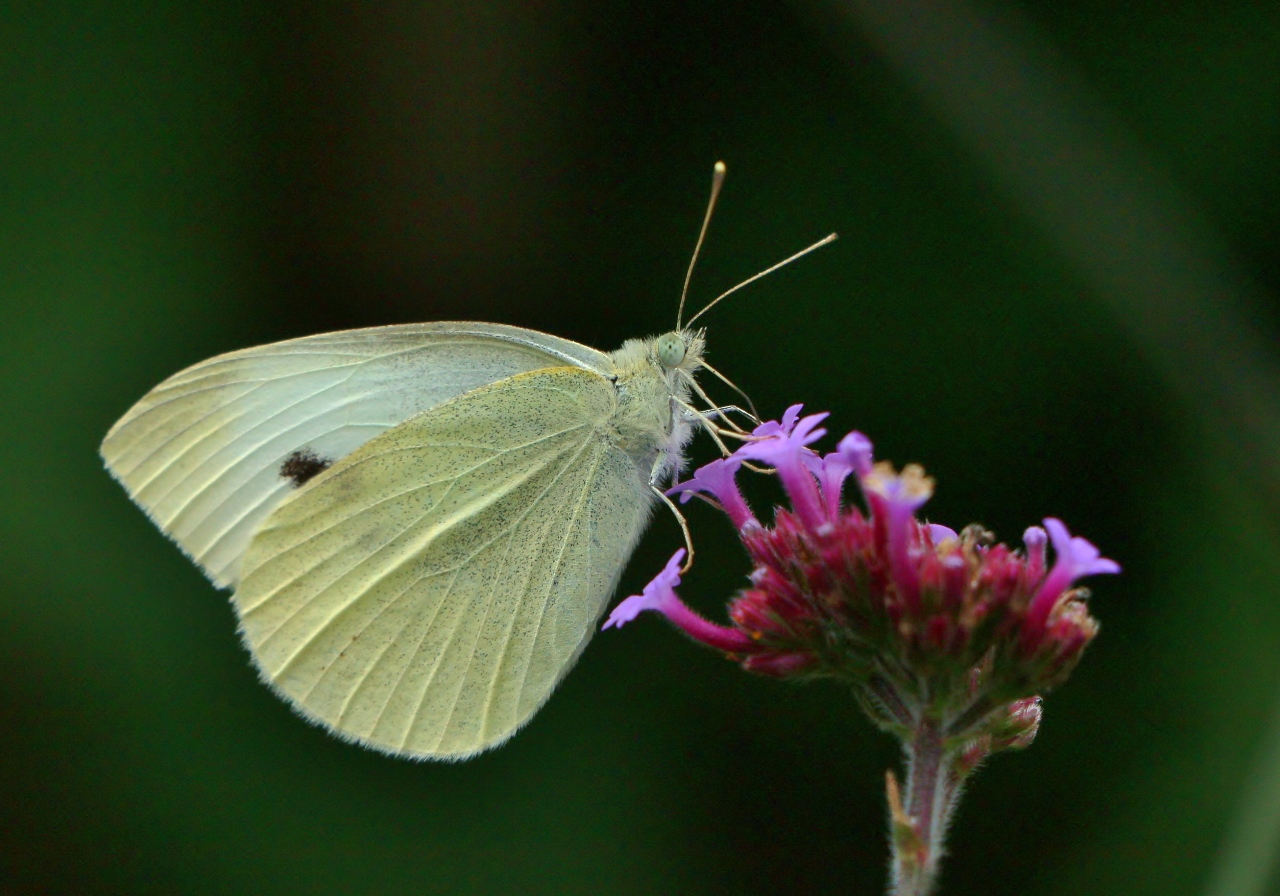
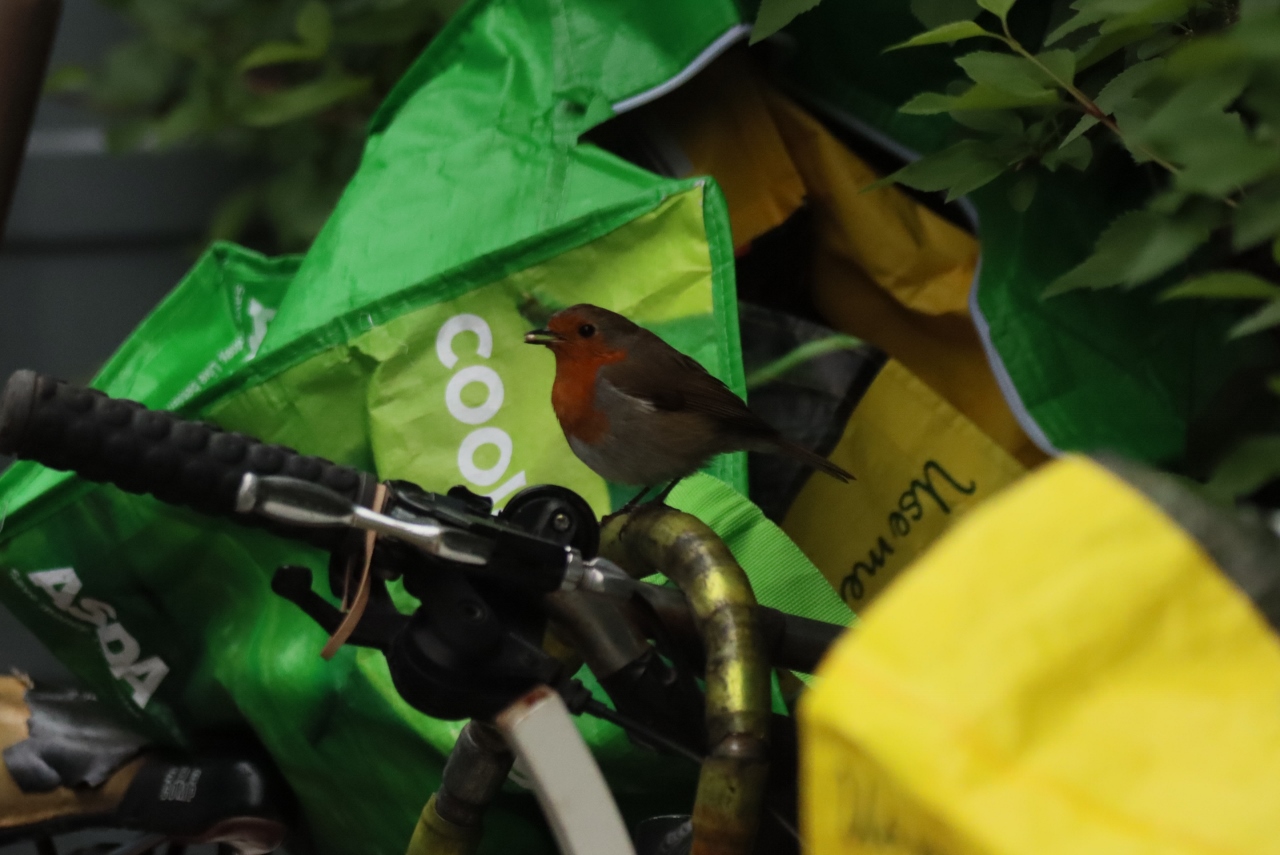

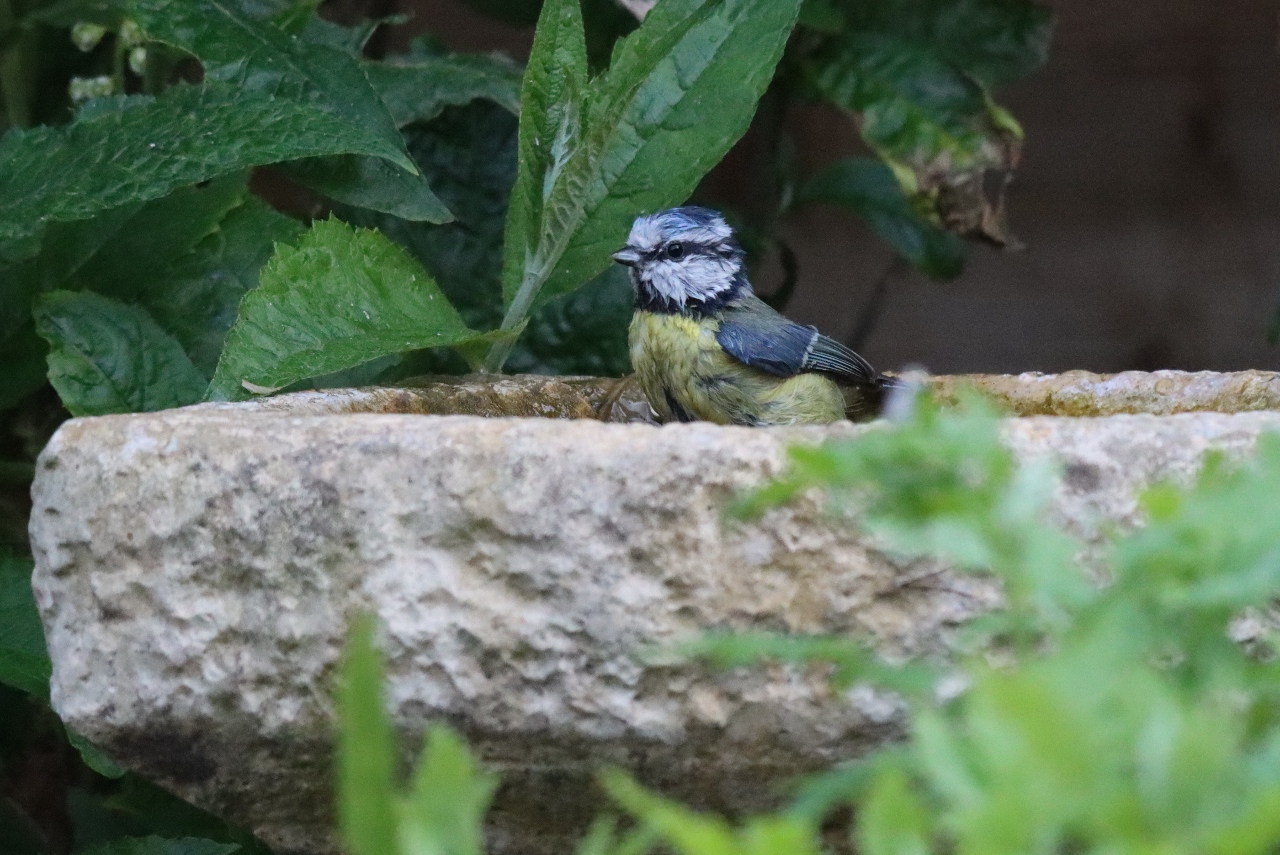
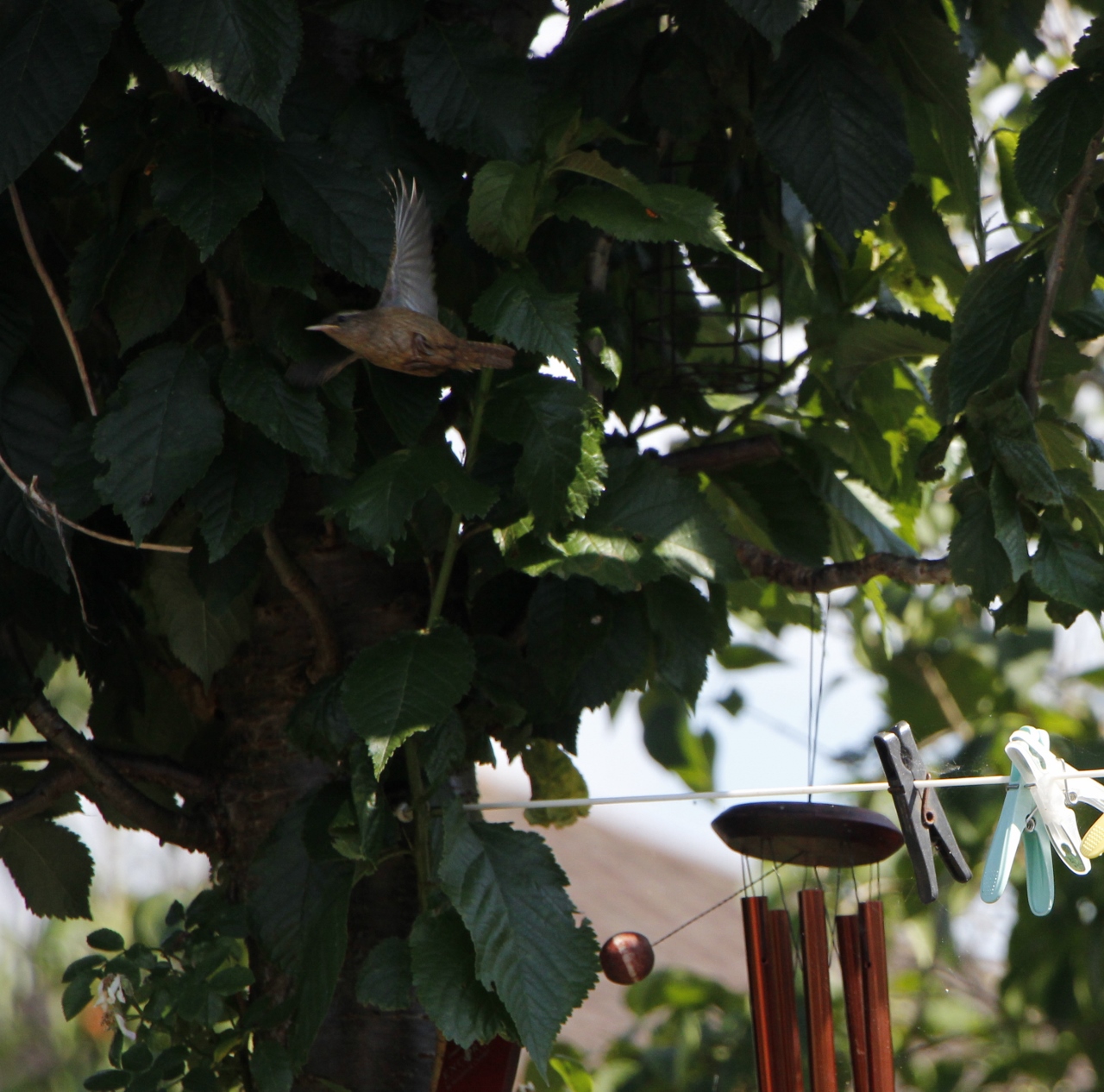
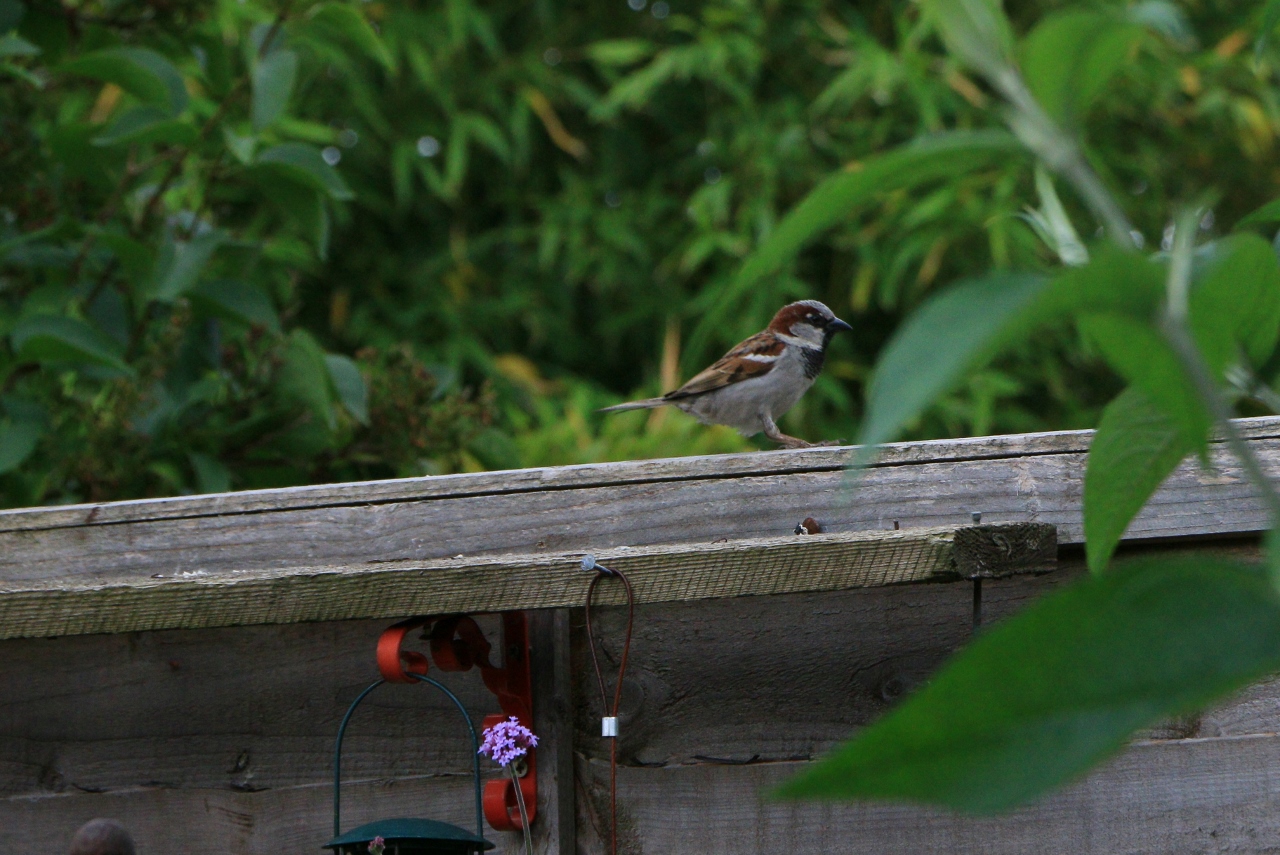

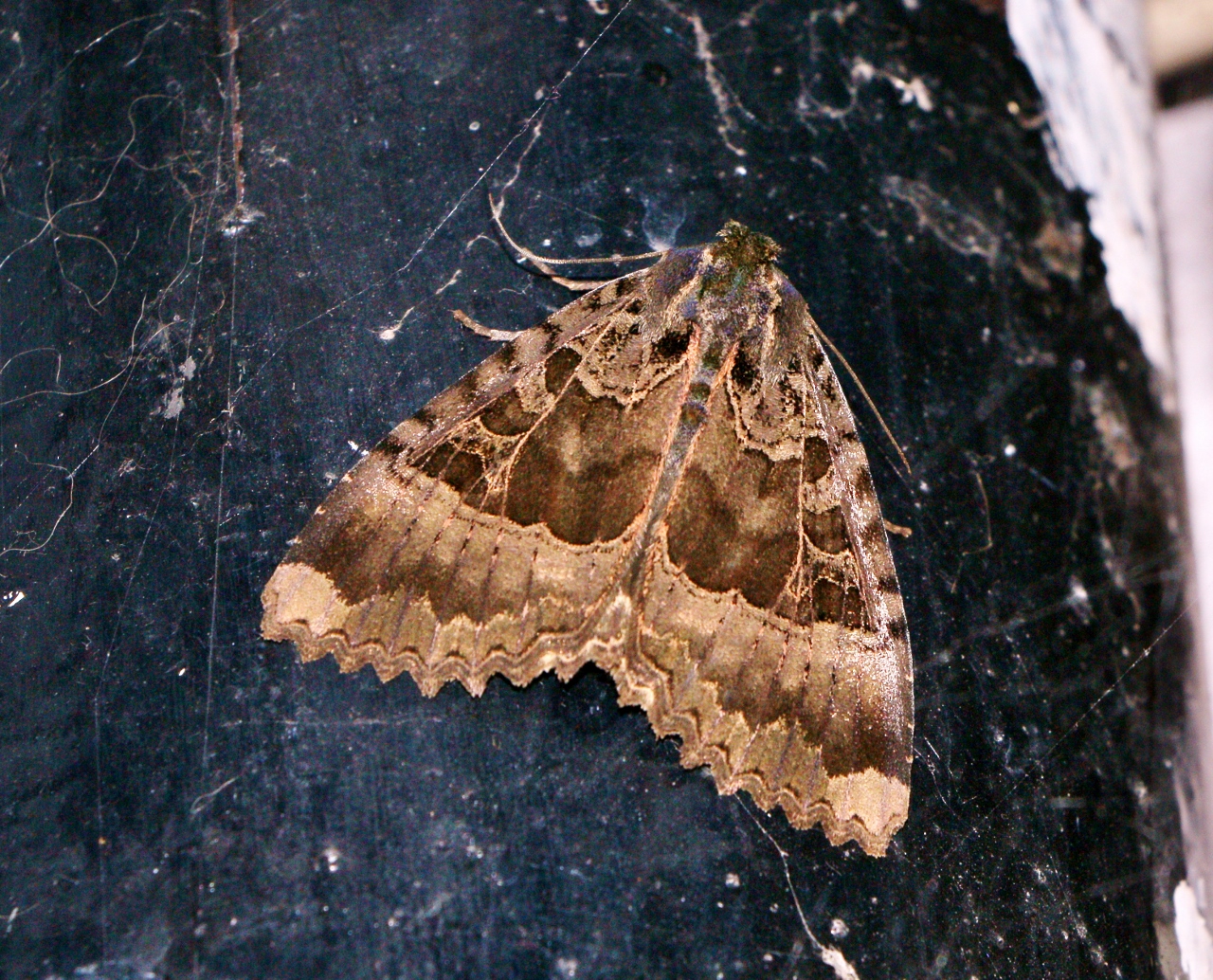


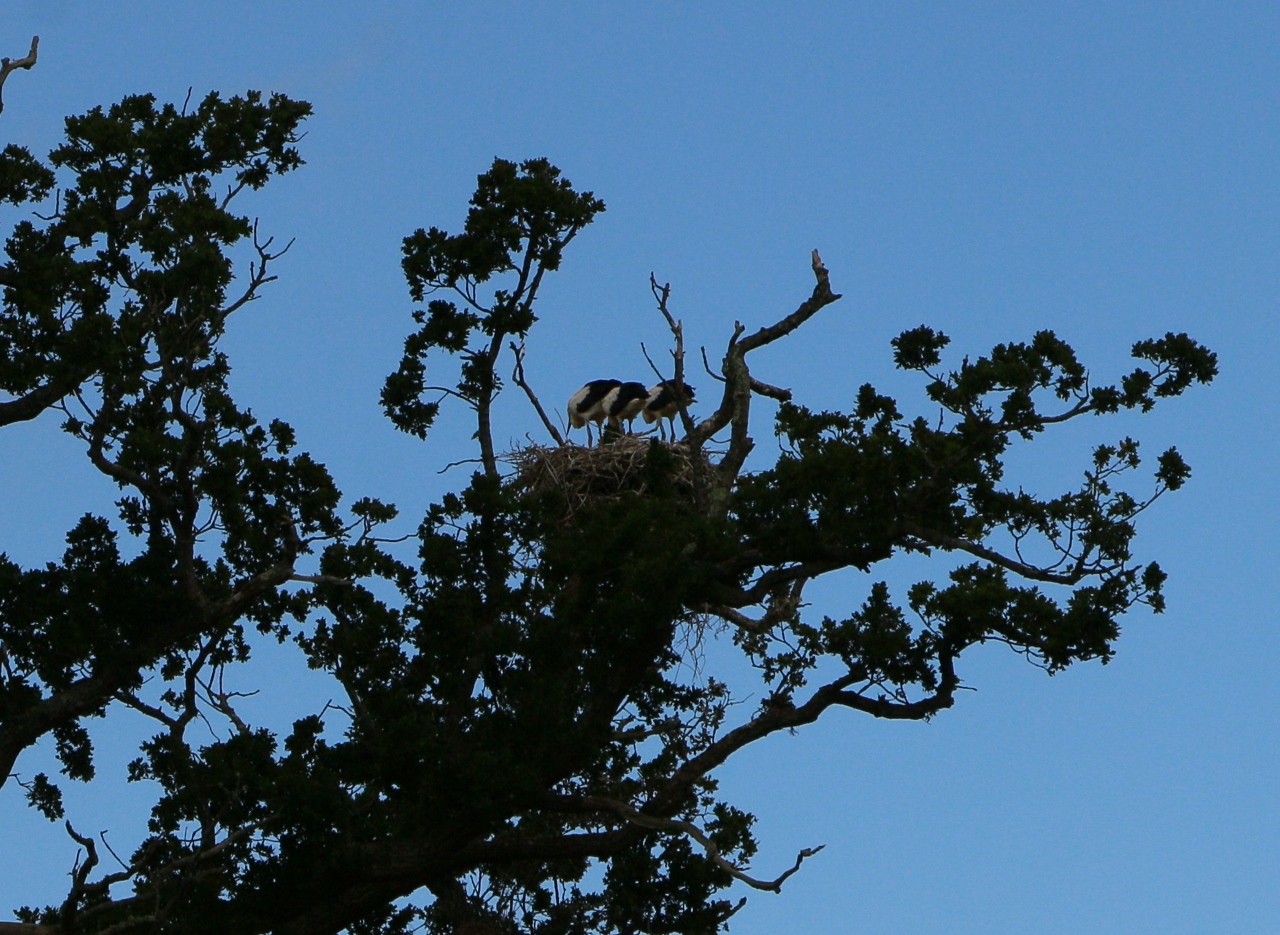
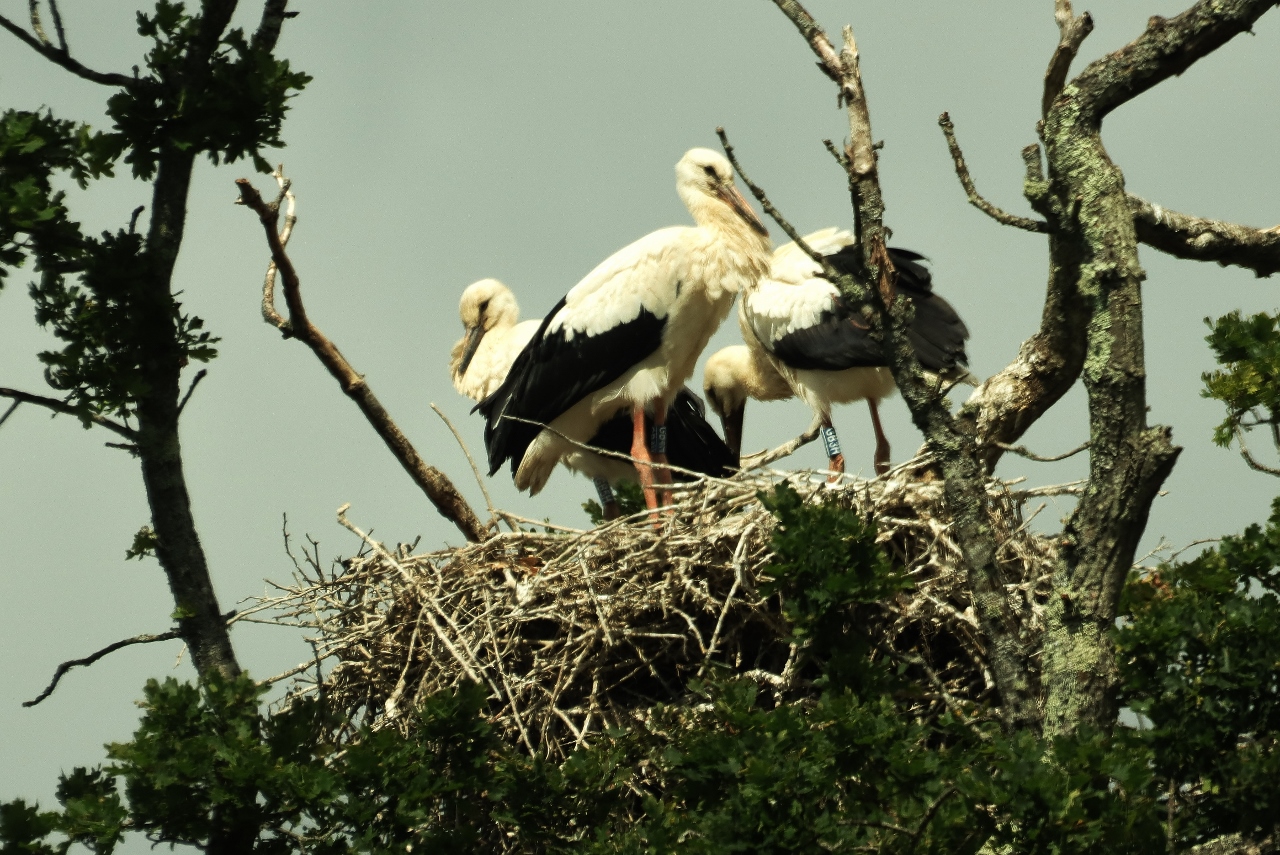
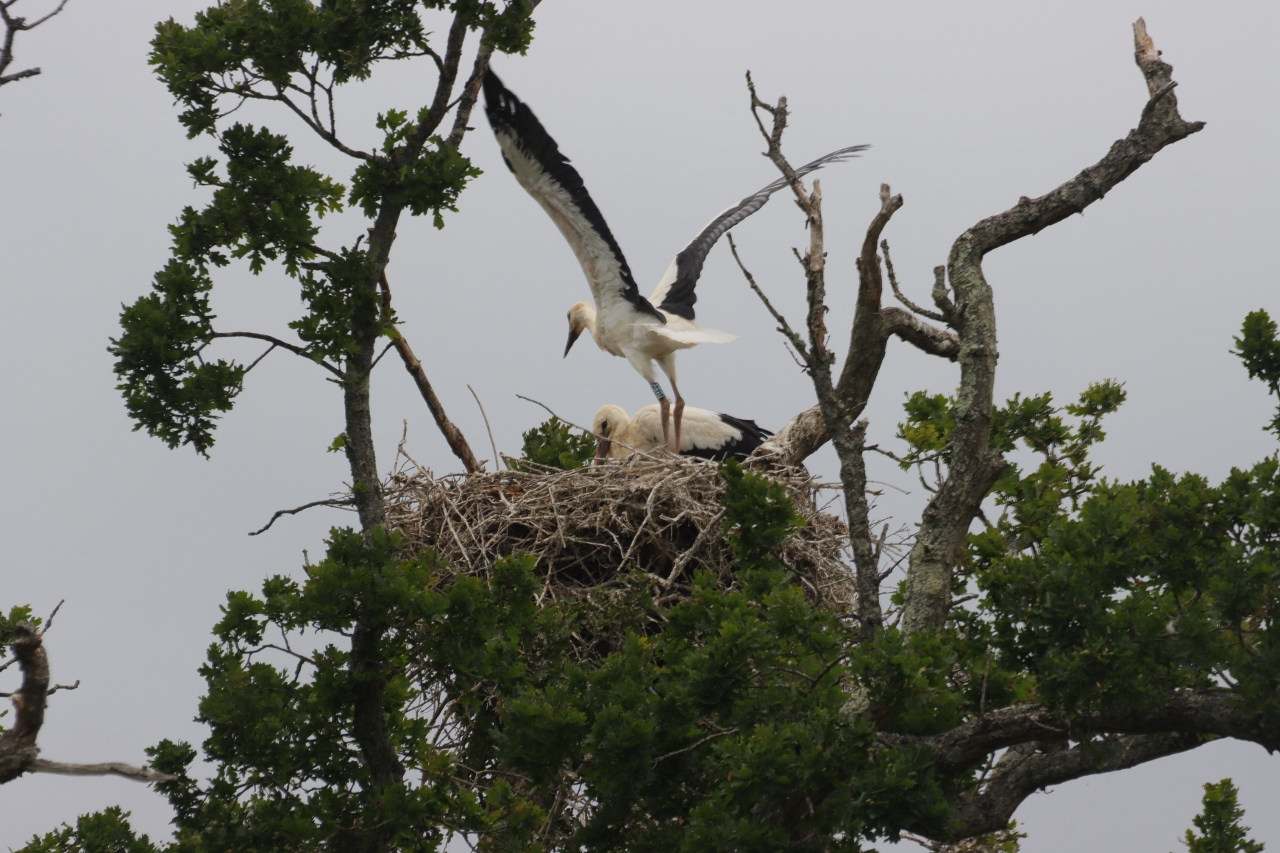
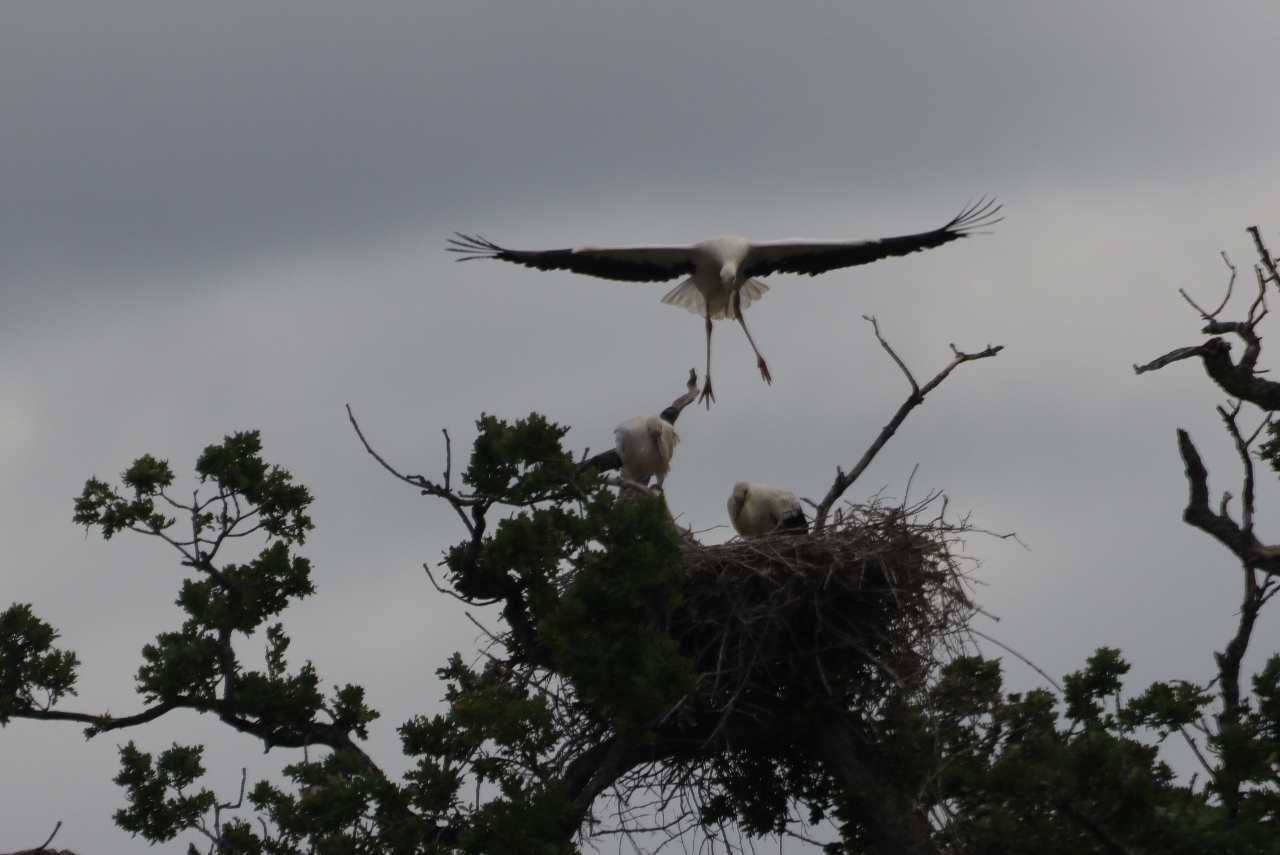
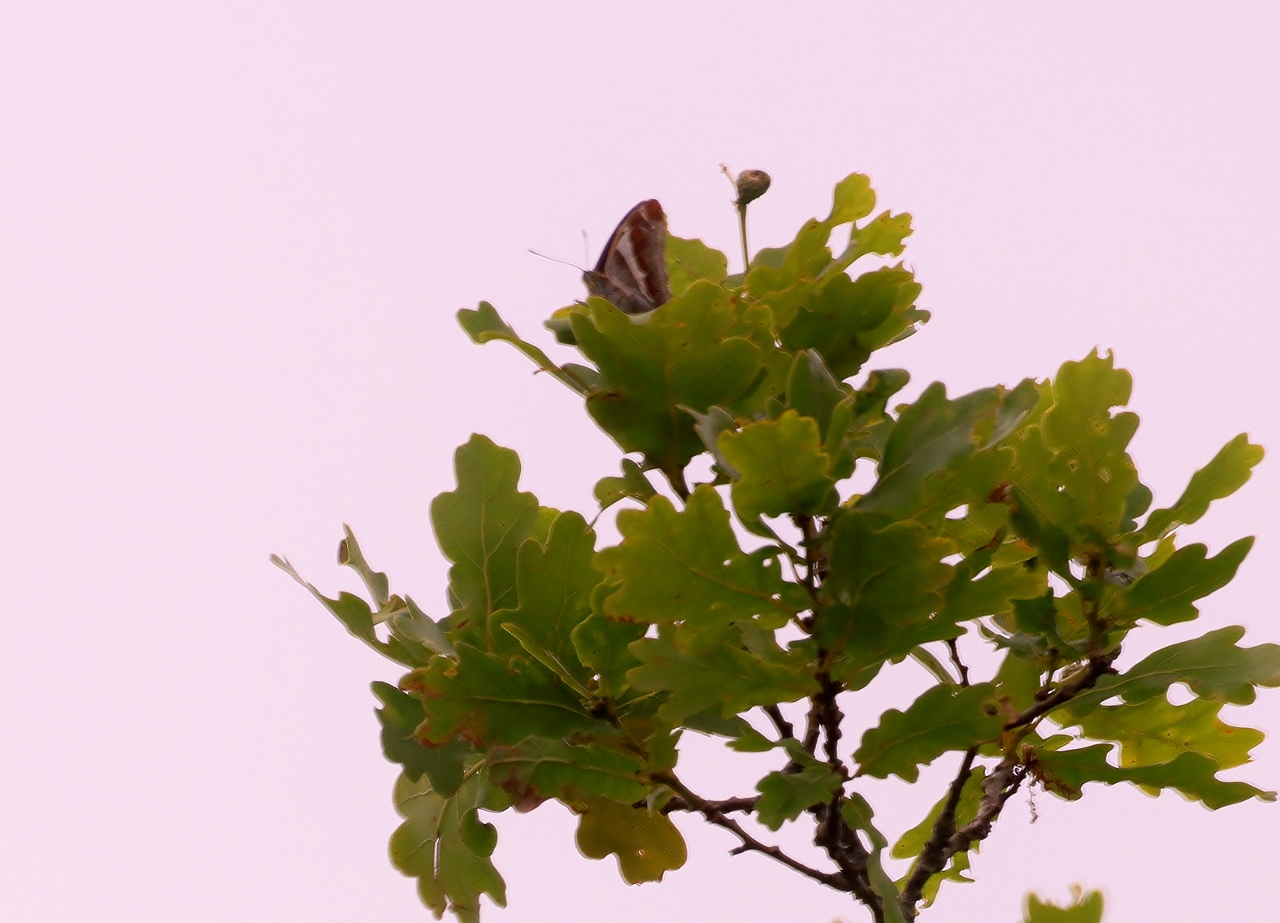
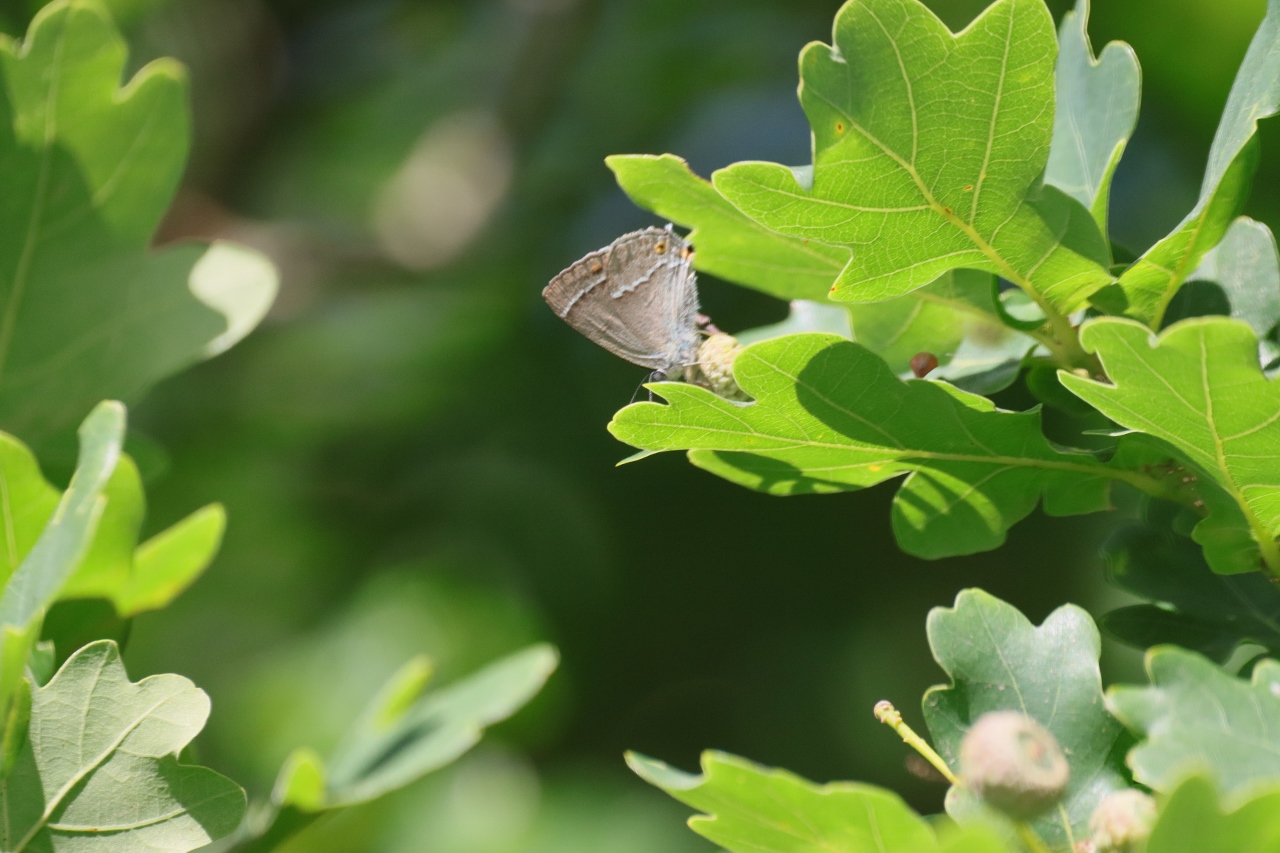

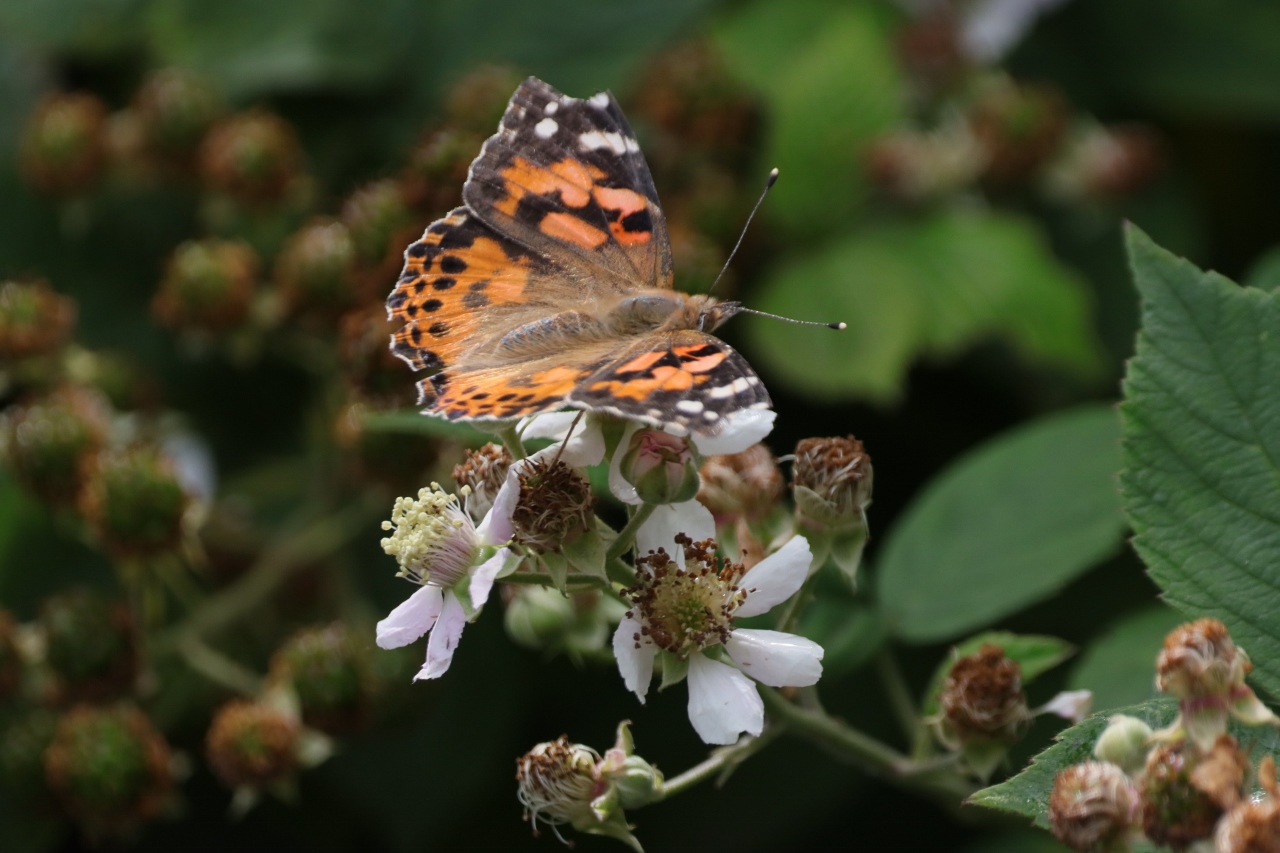

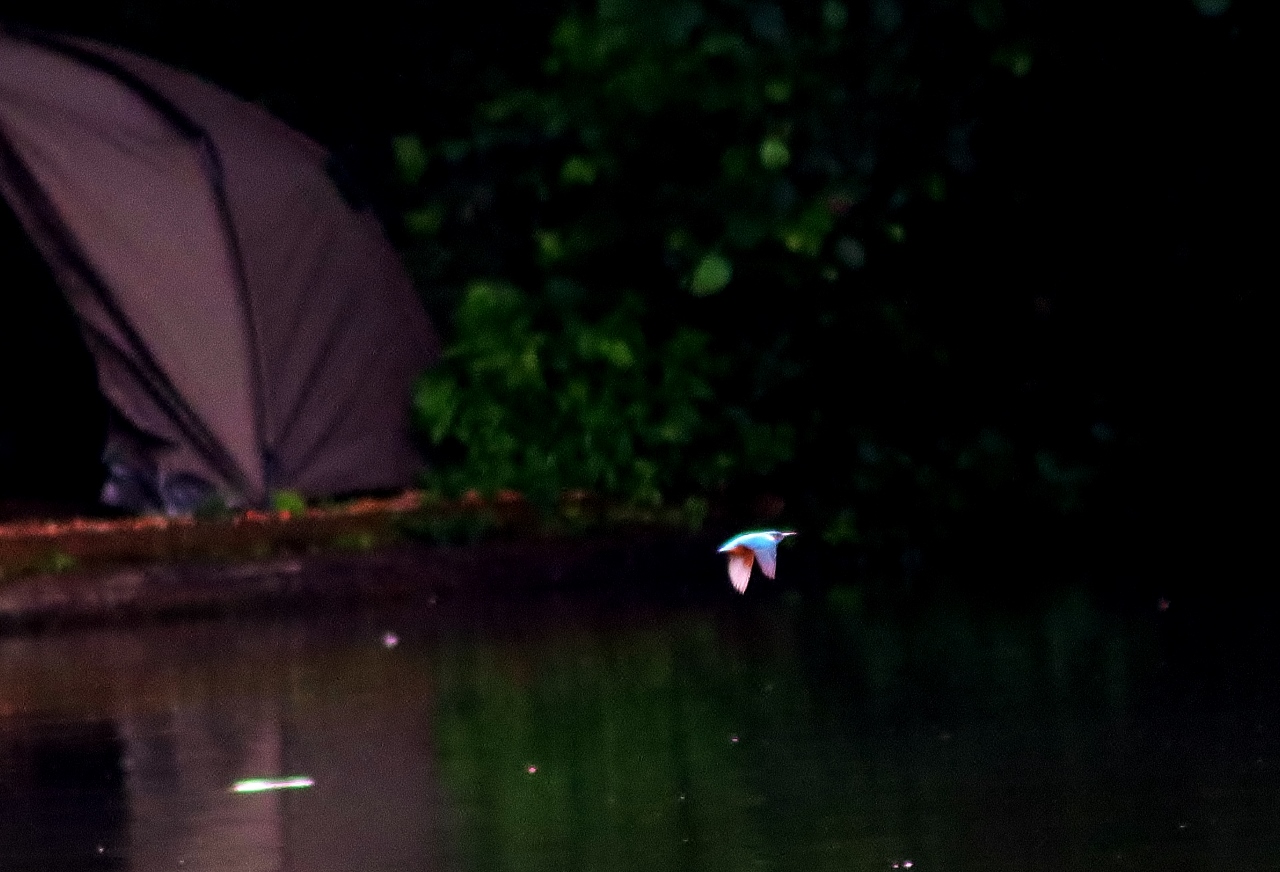

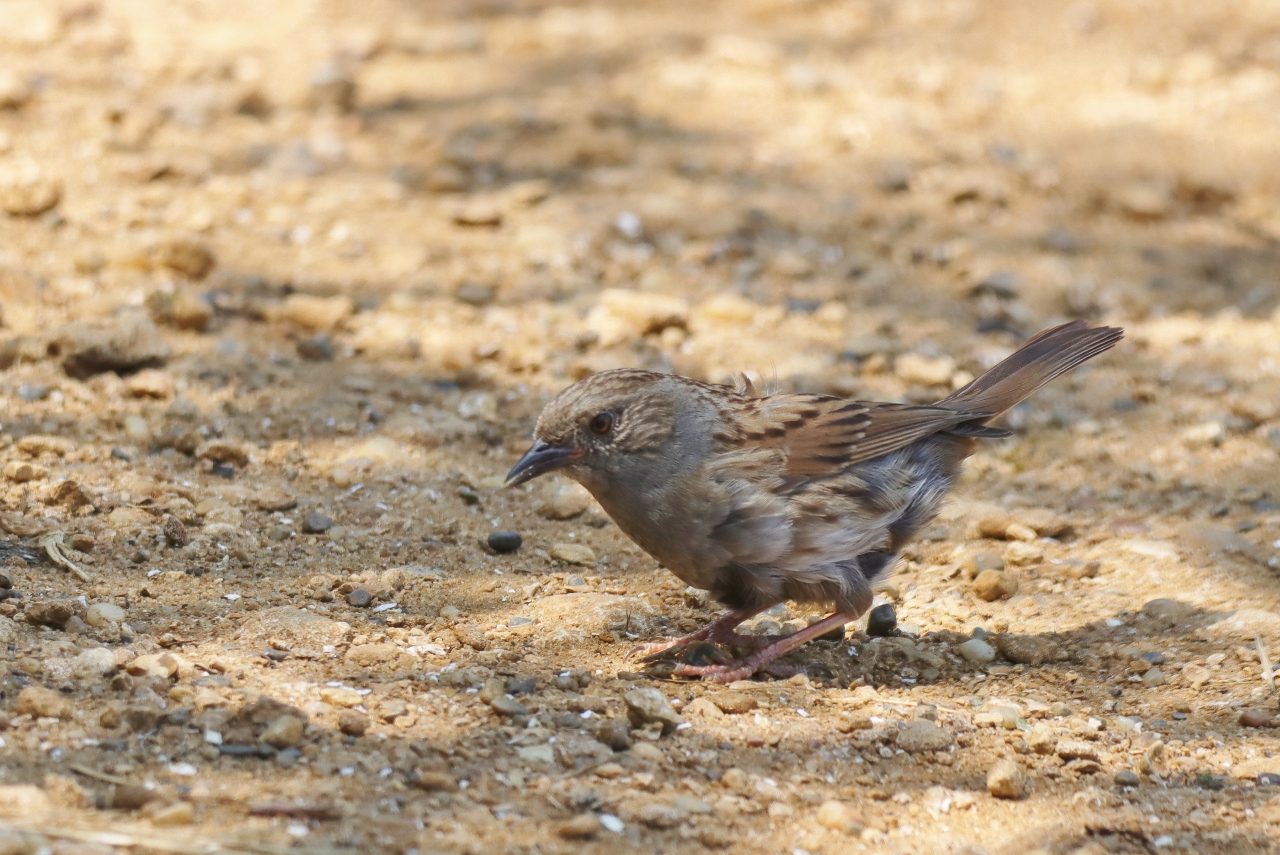

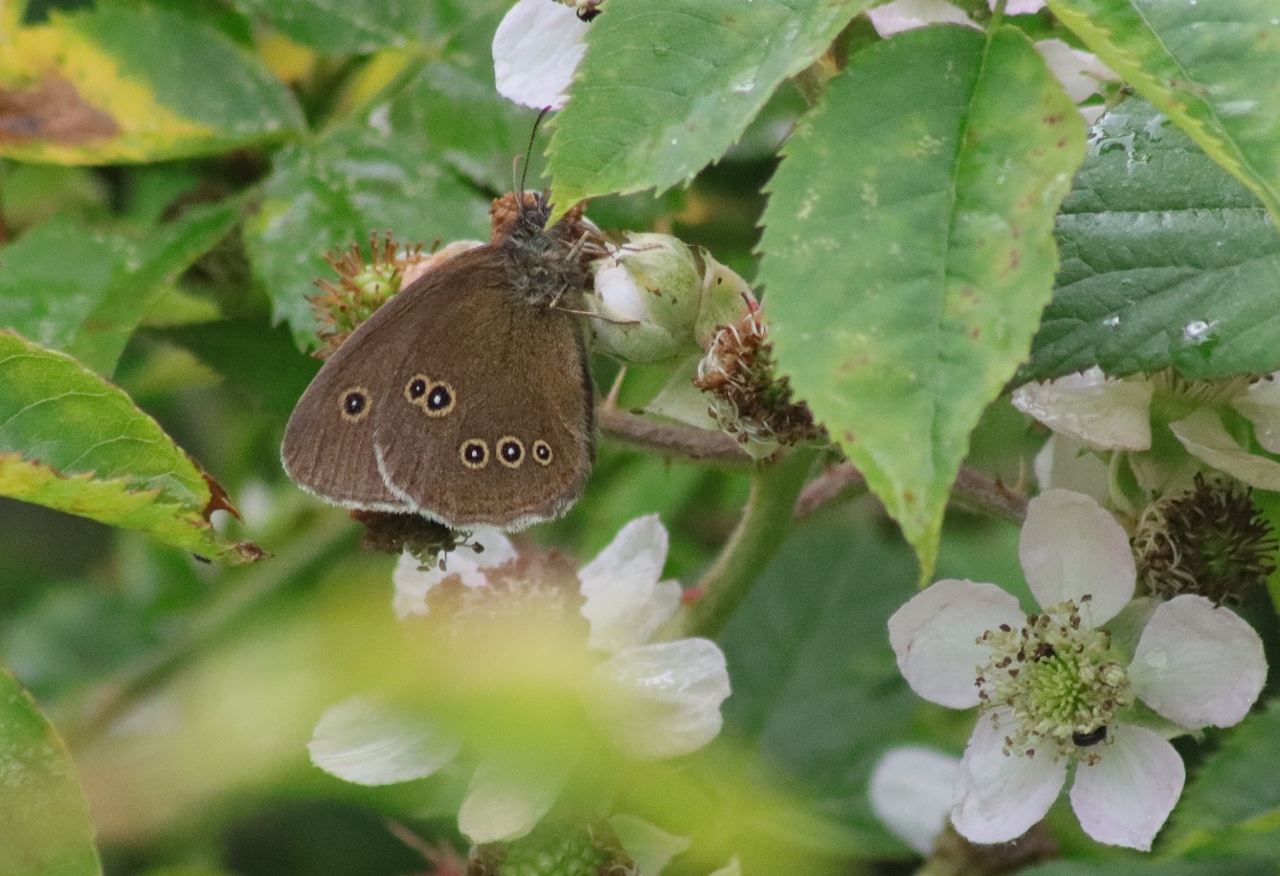

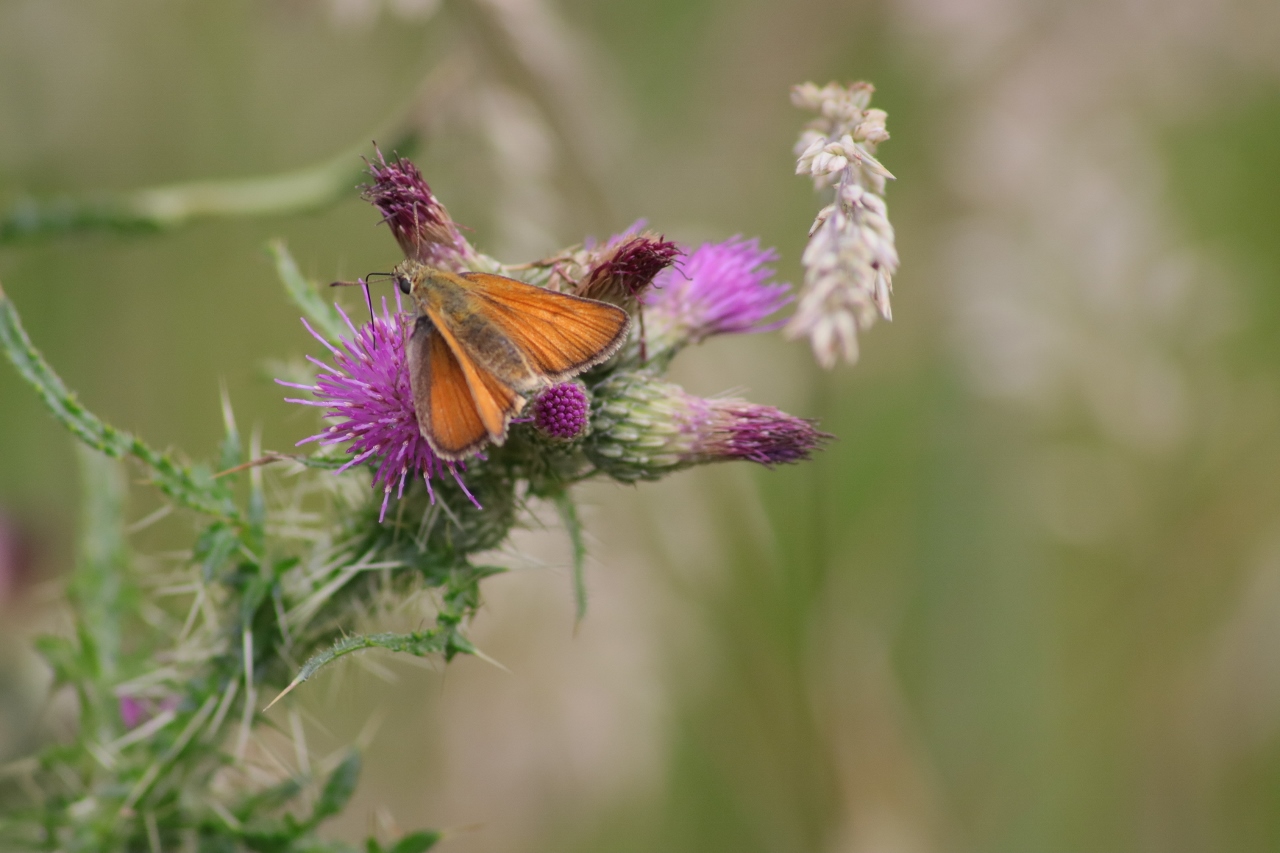
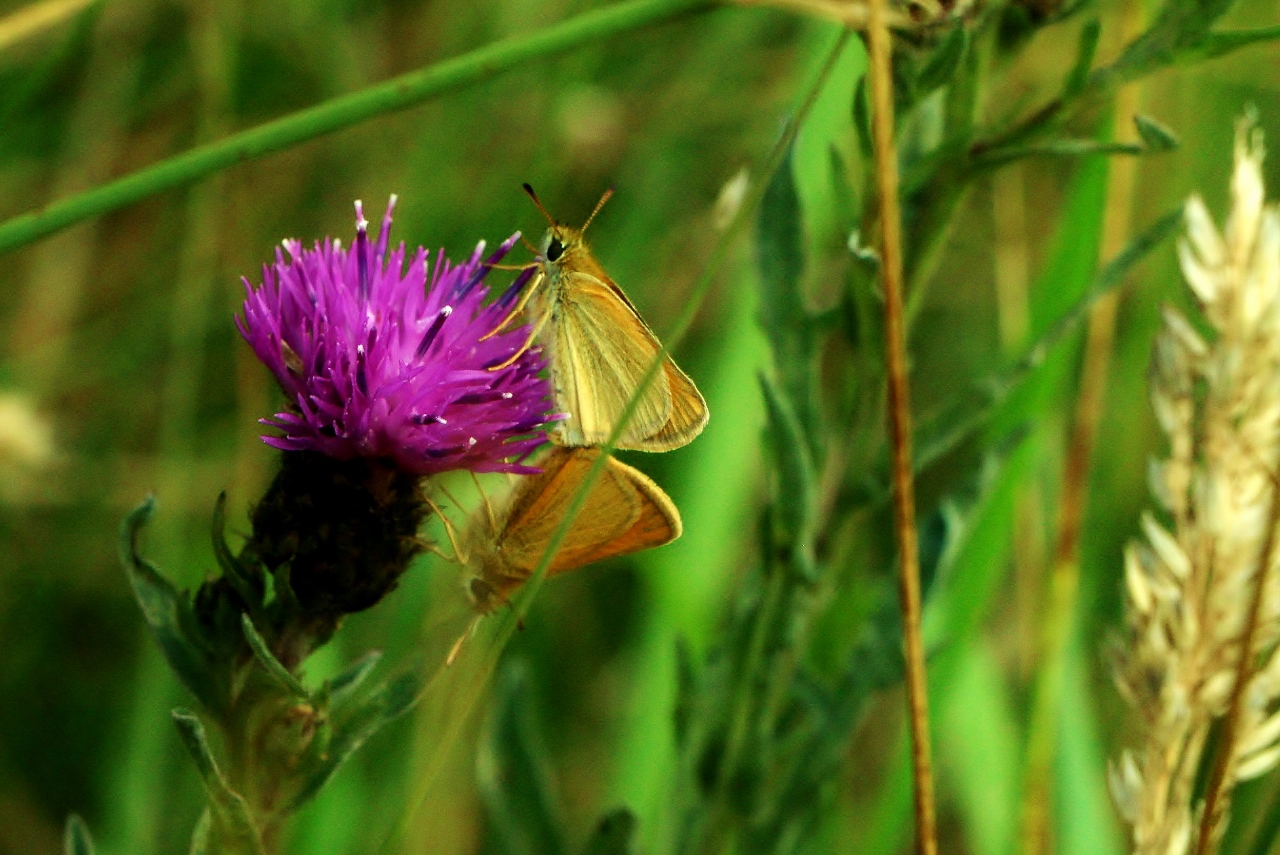


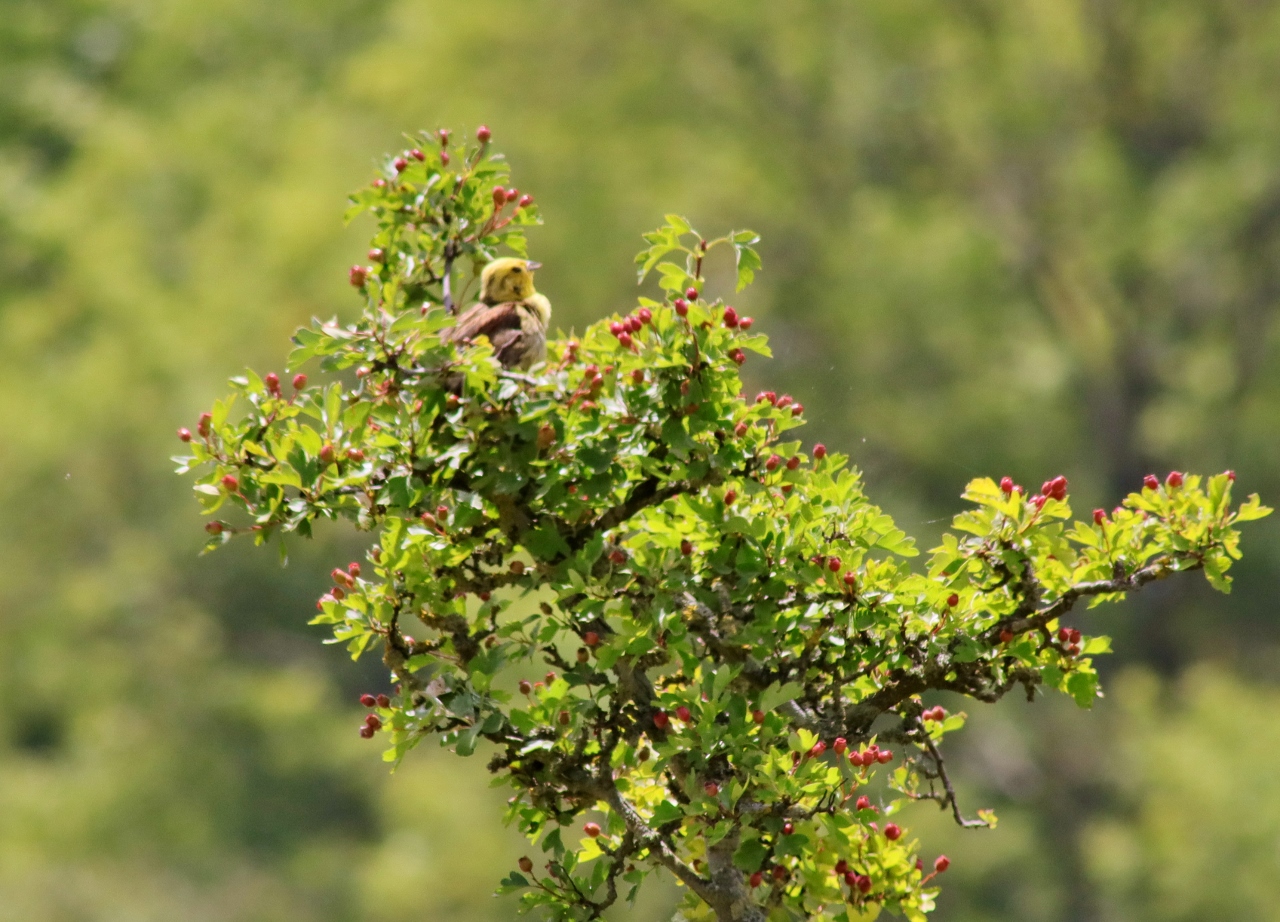

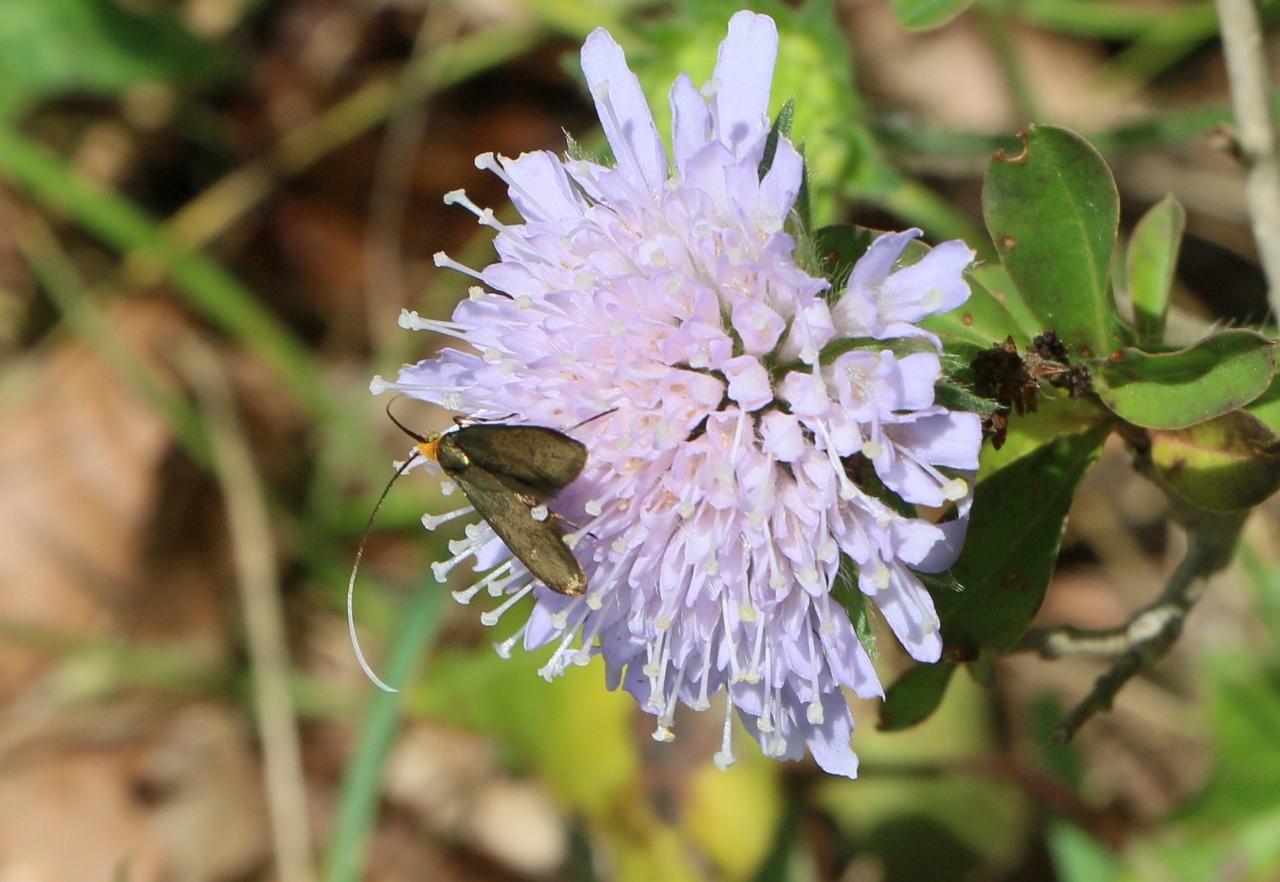
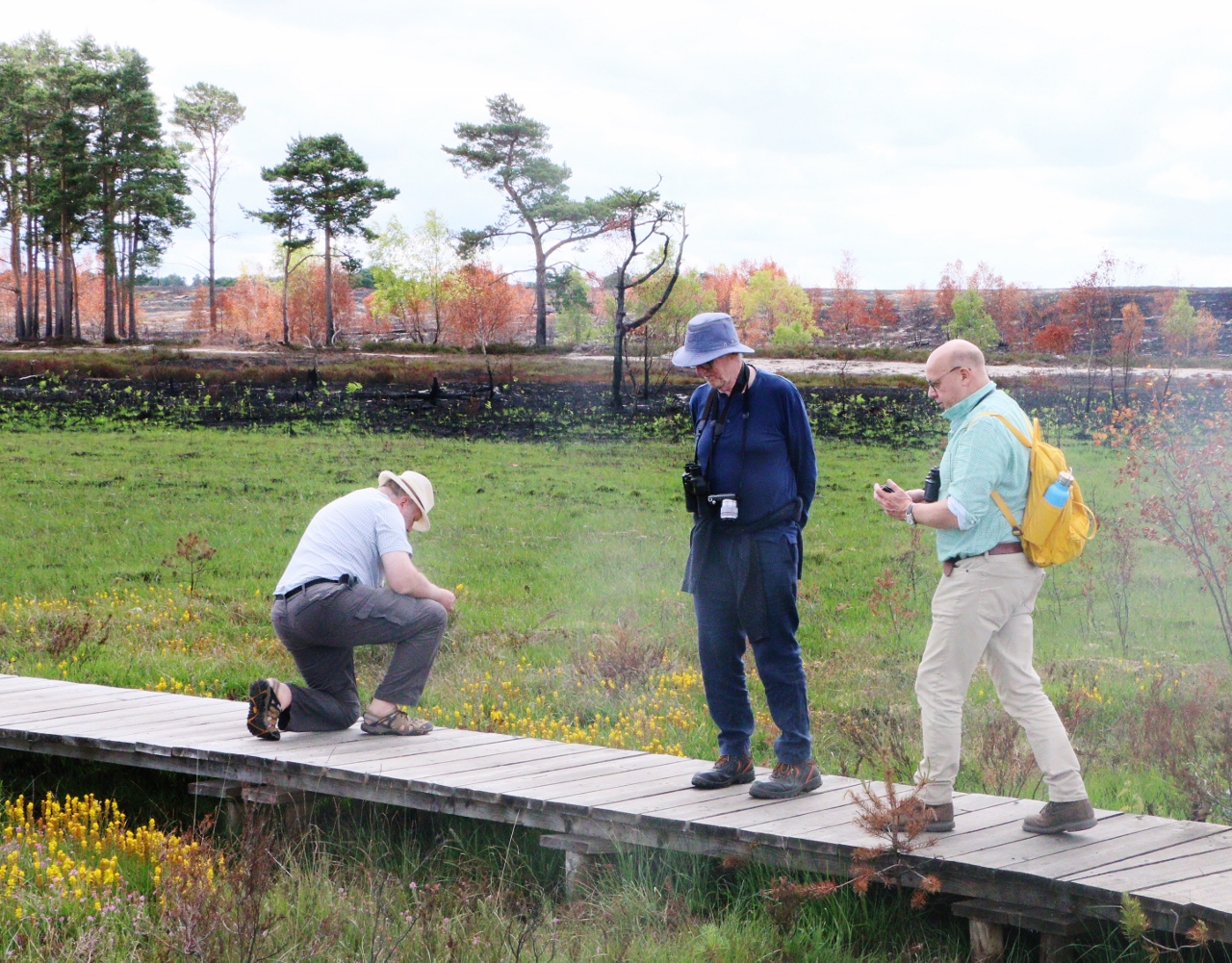

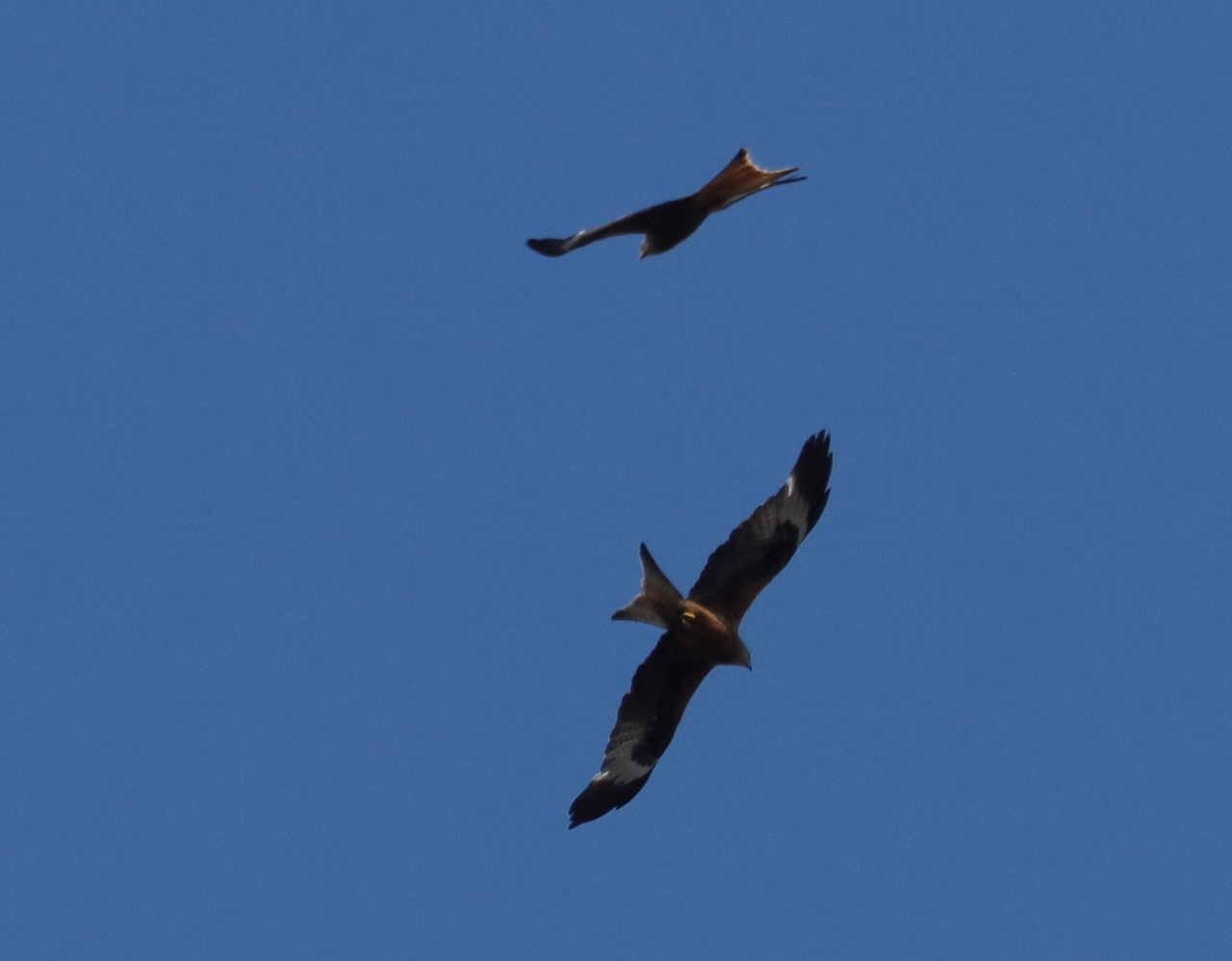

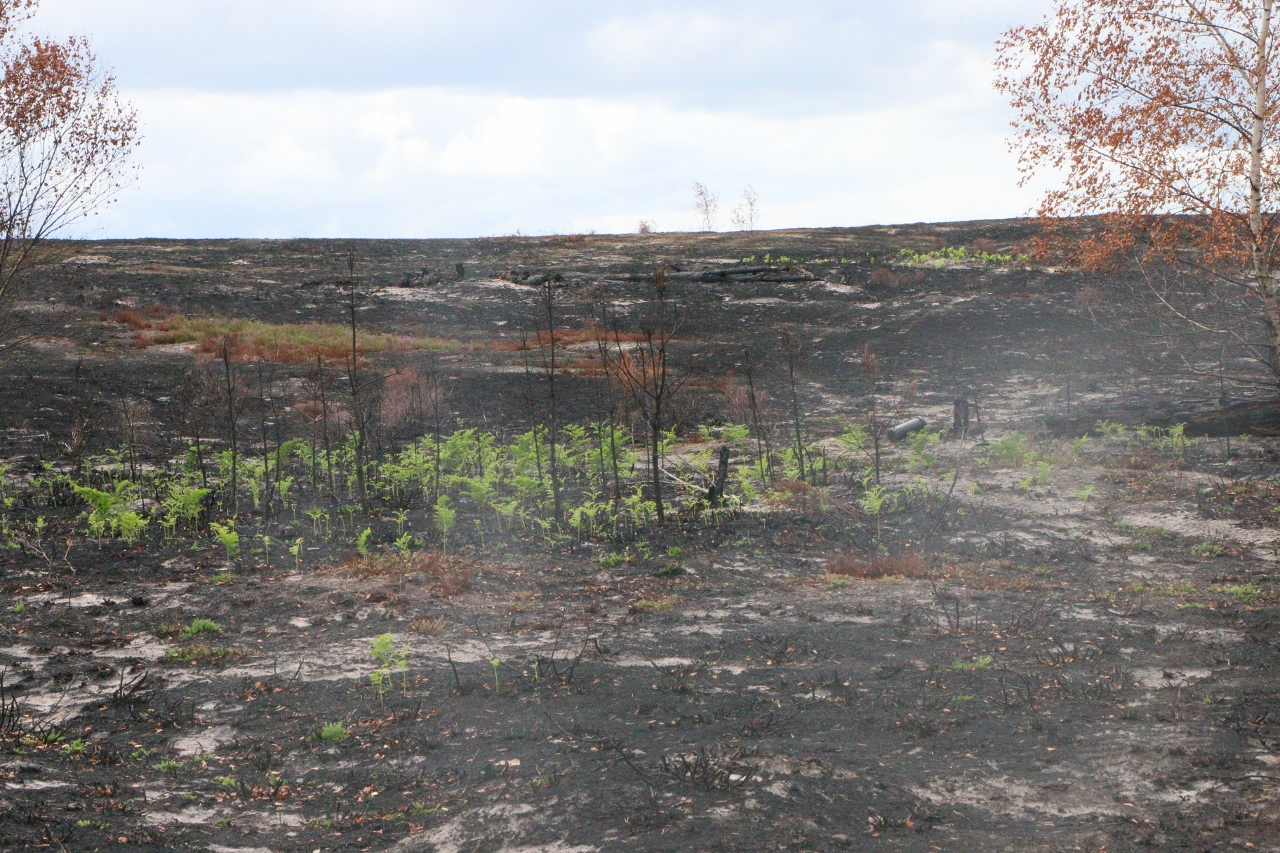
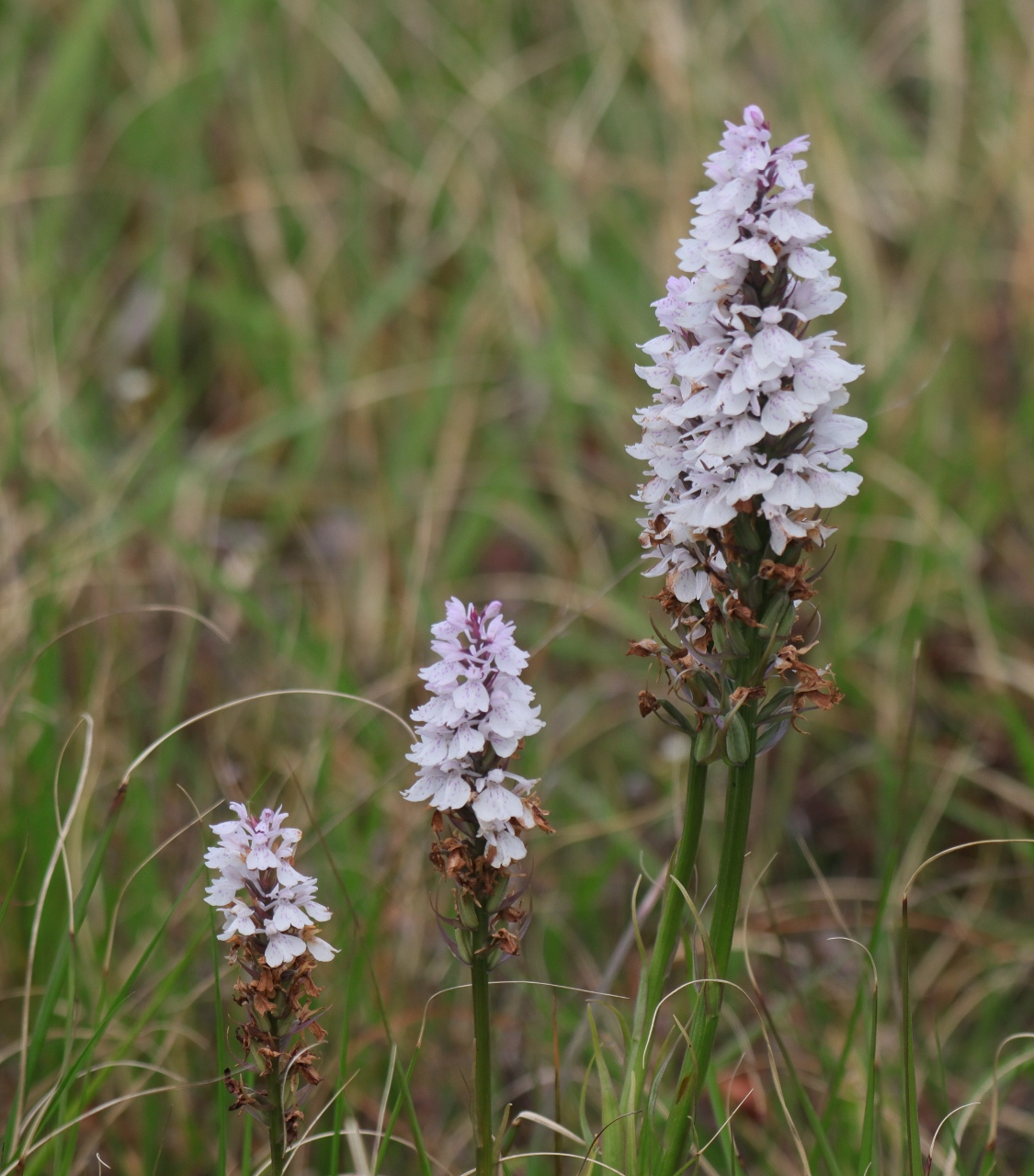

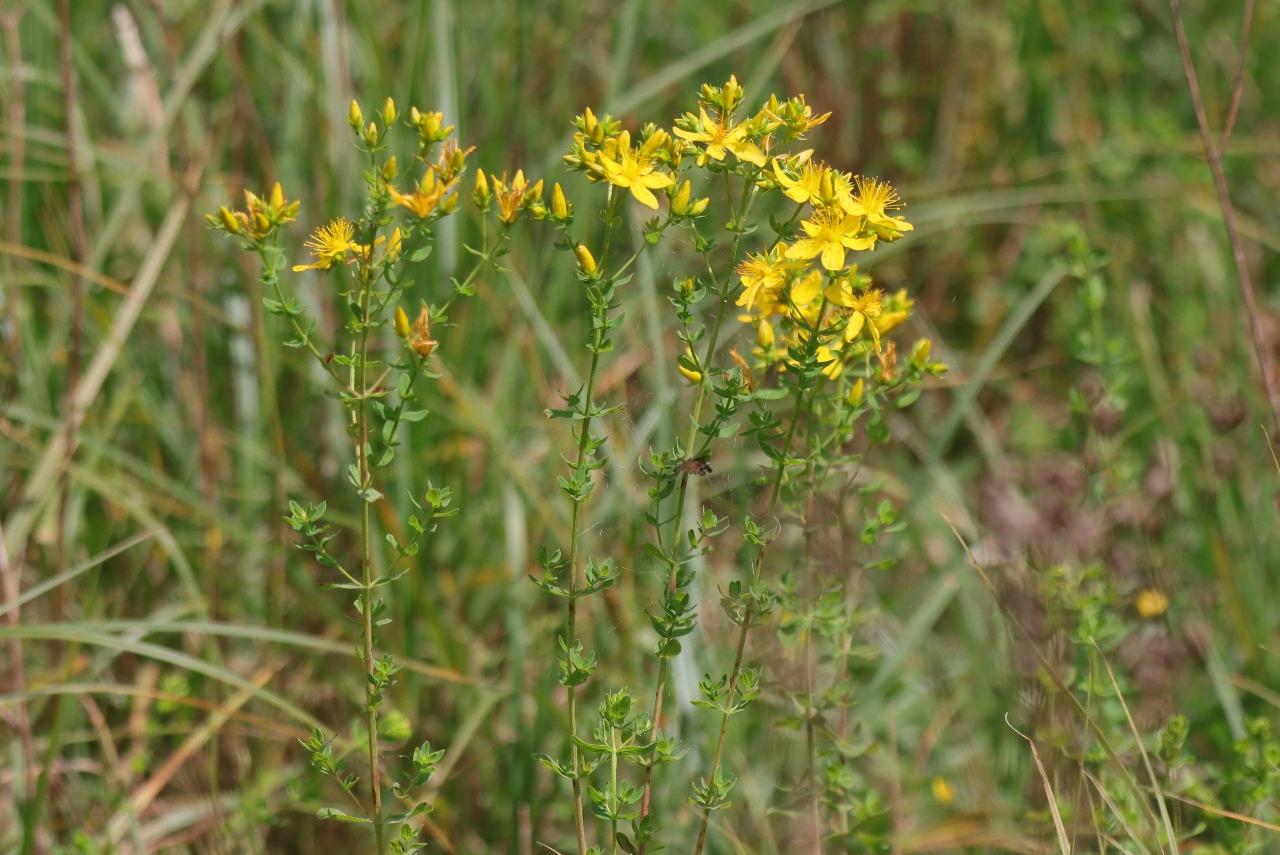
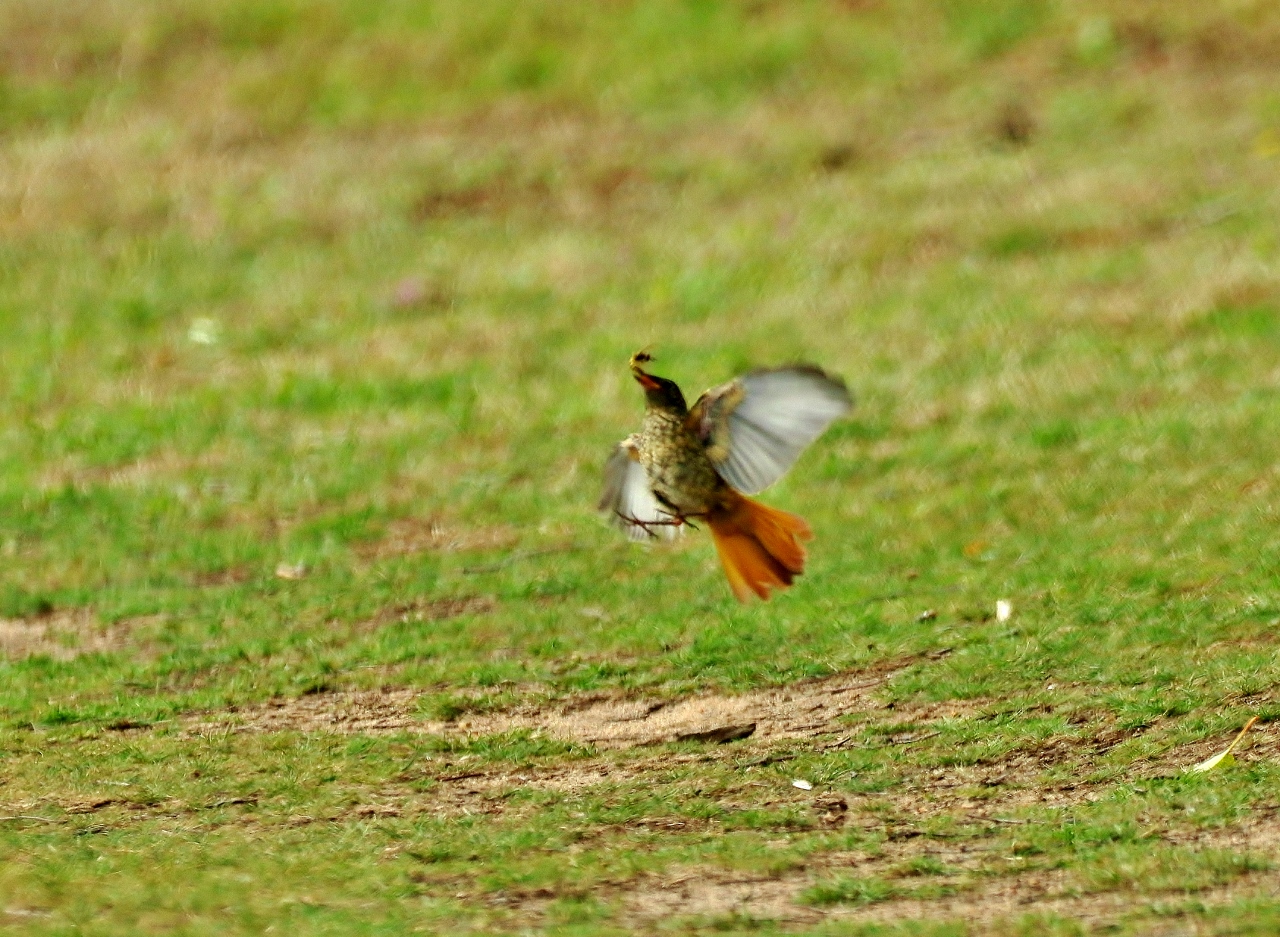
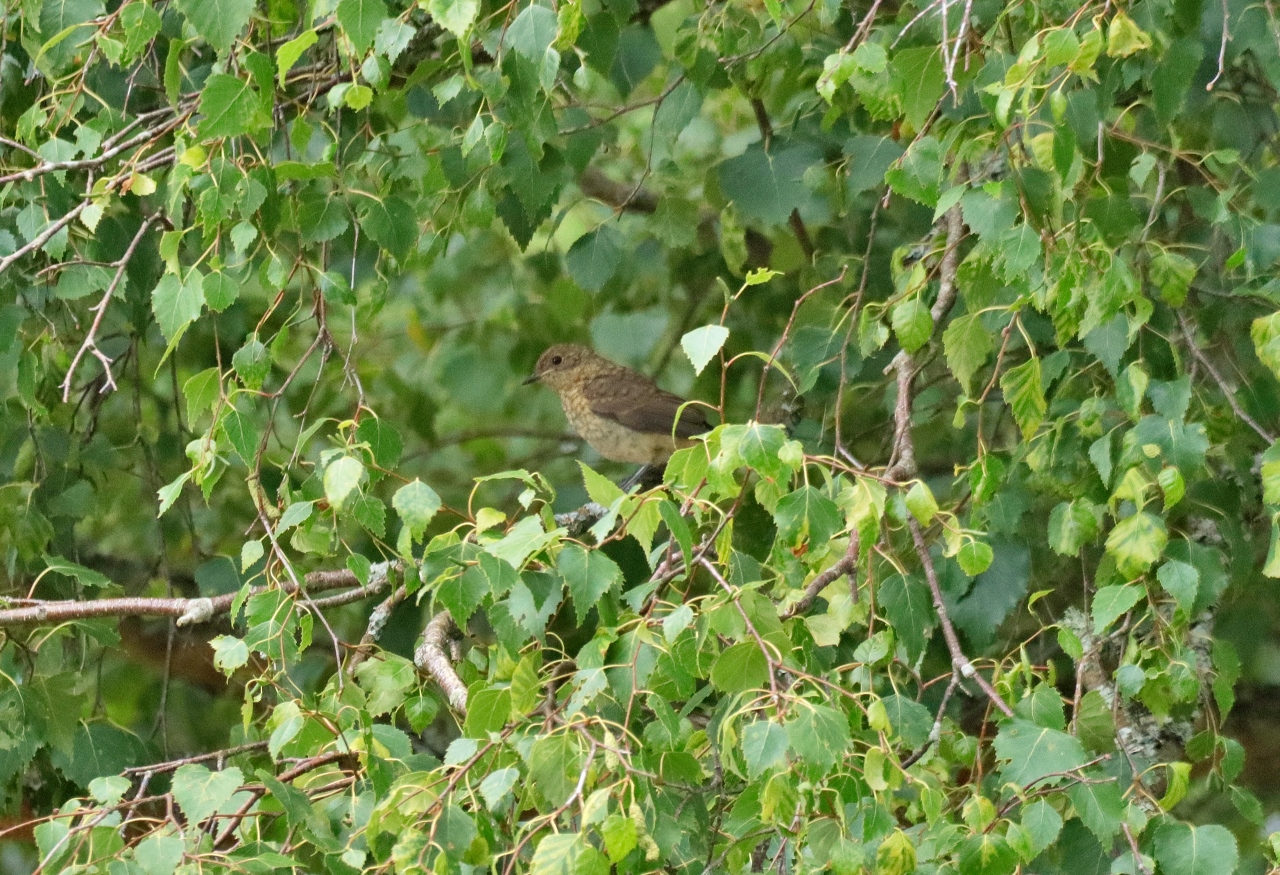

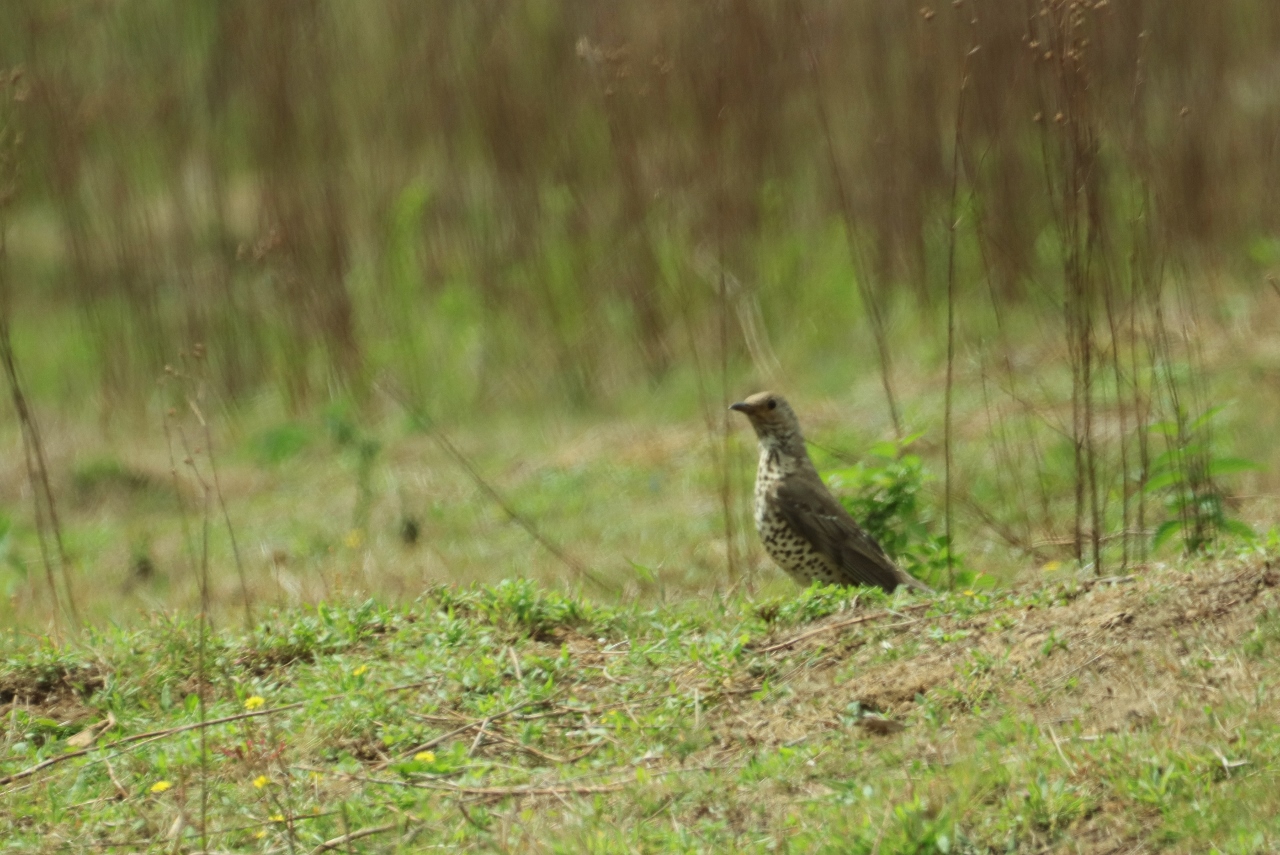
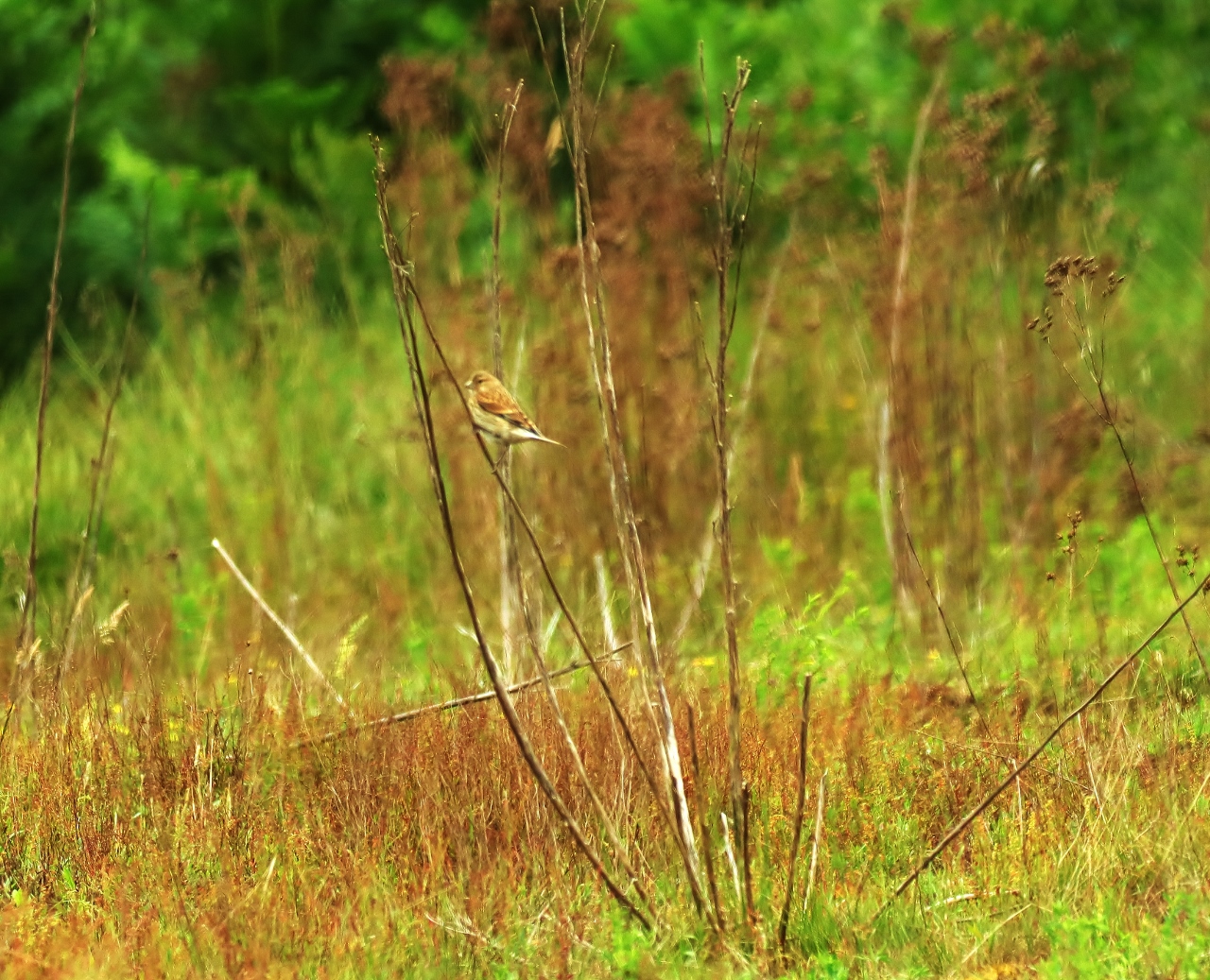





Recent Comments